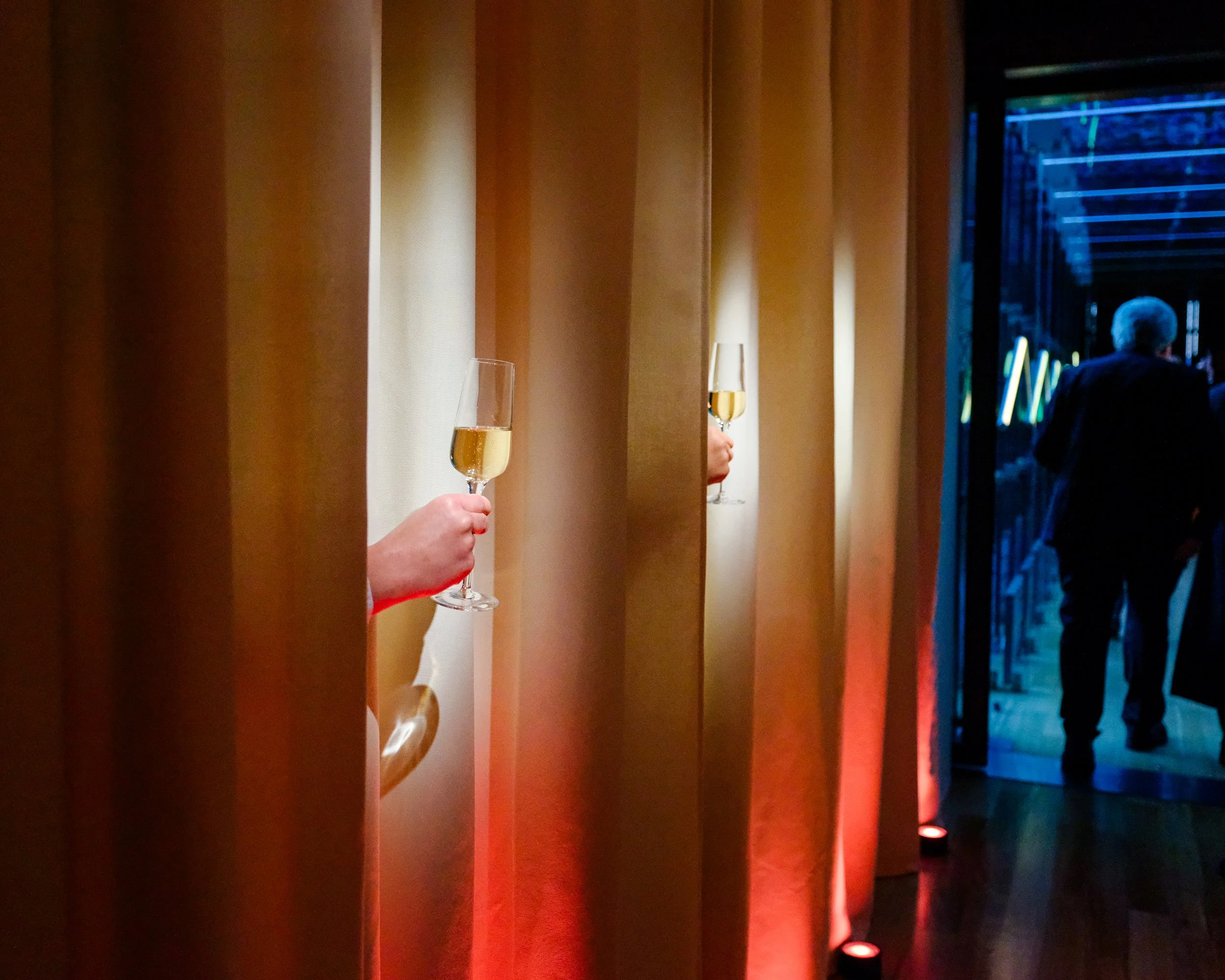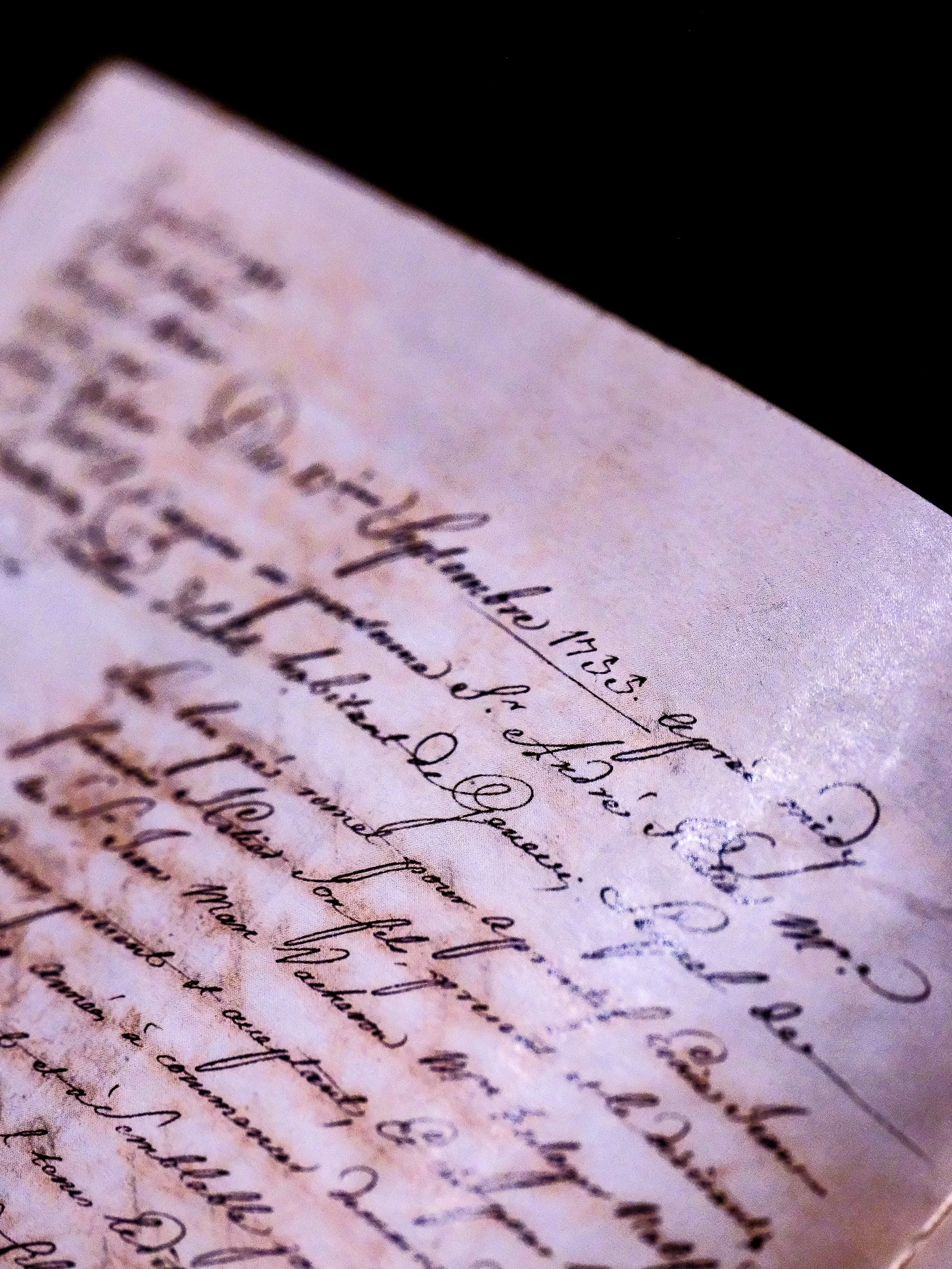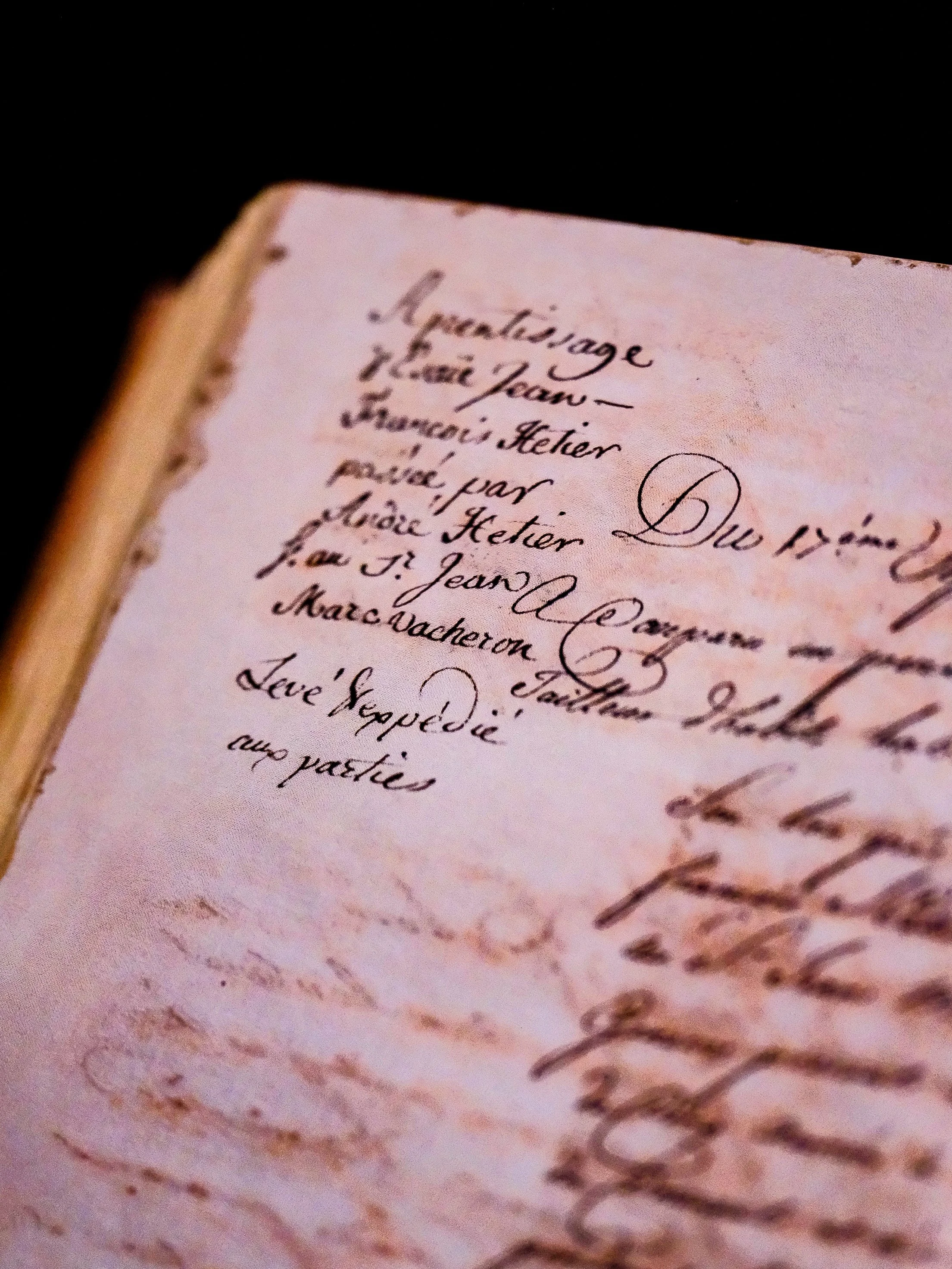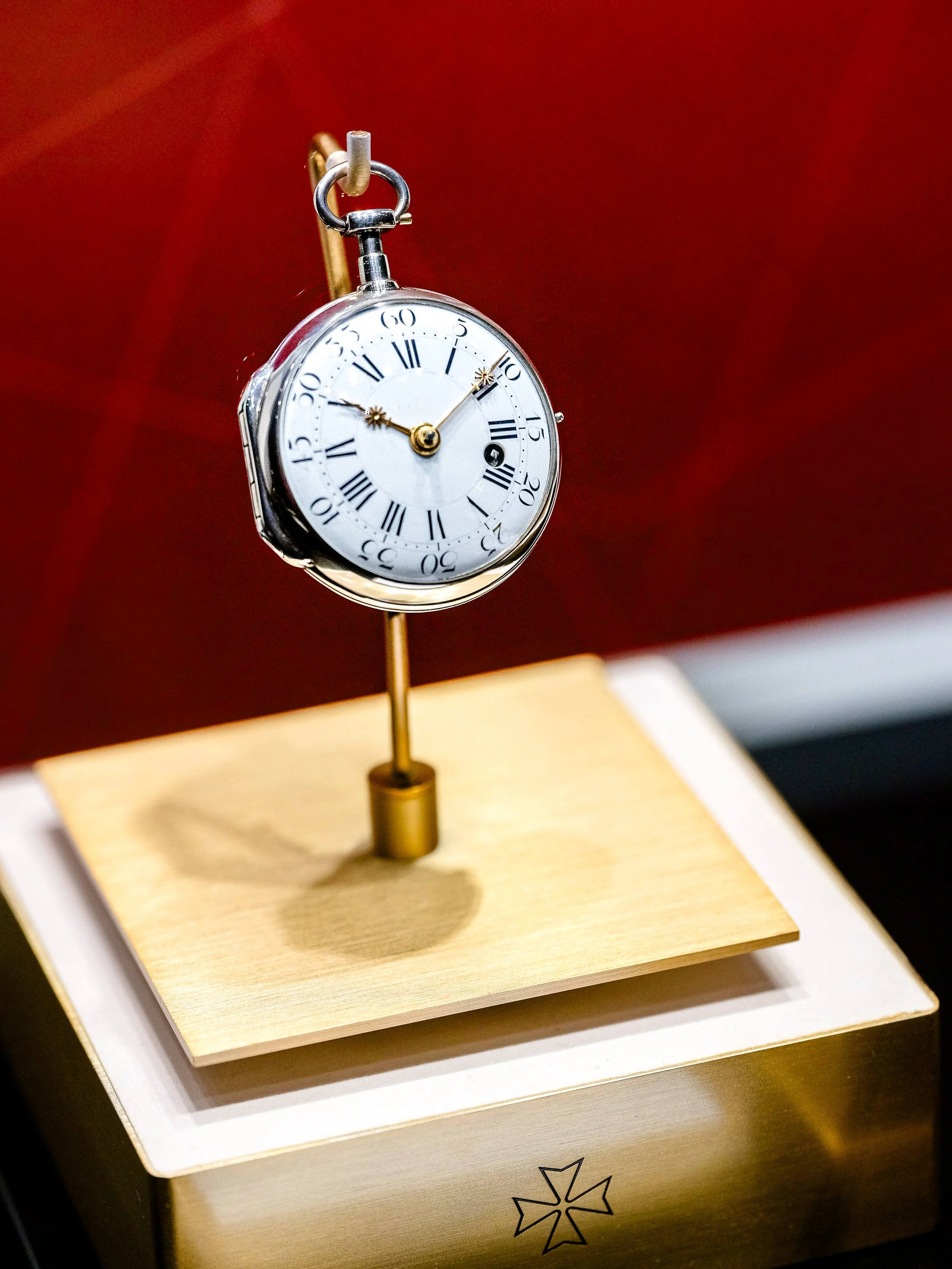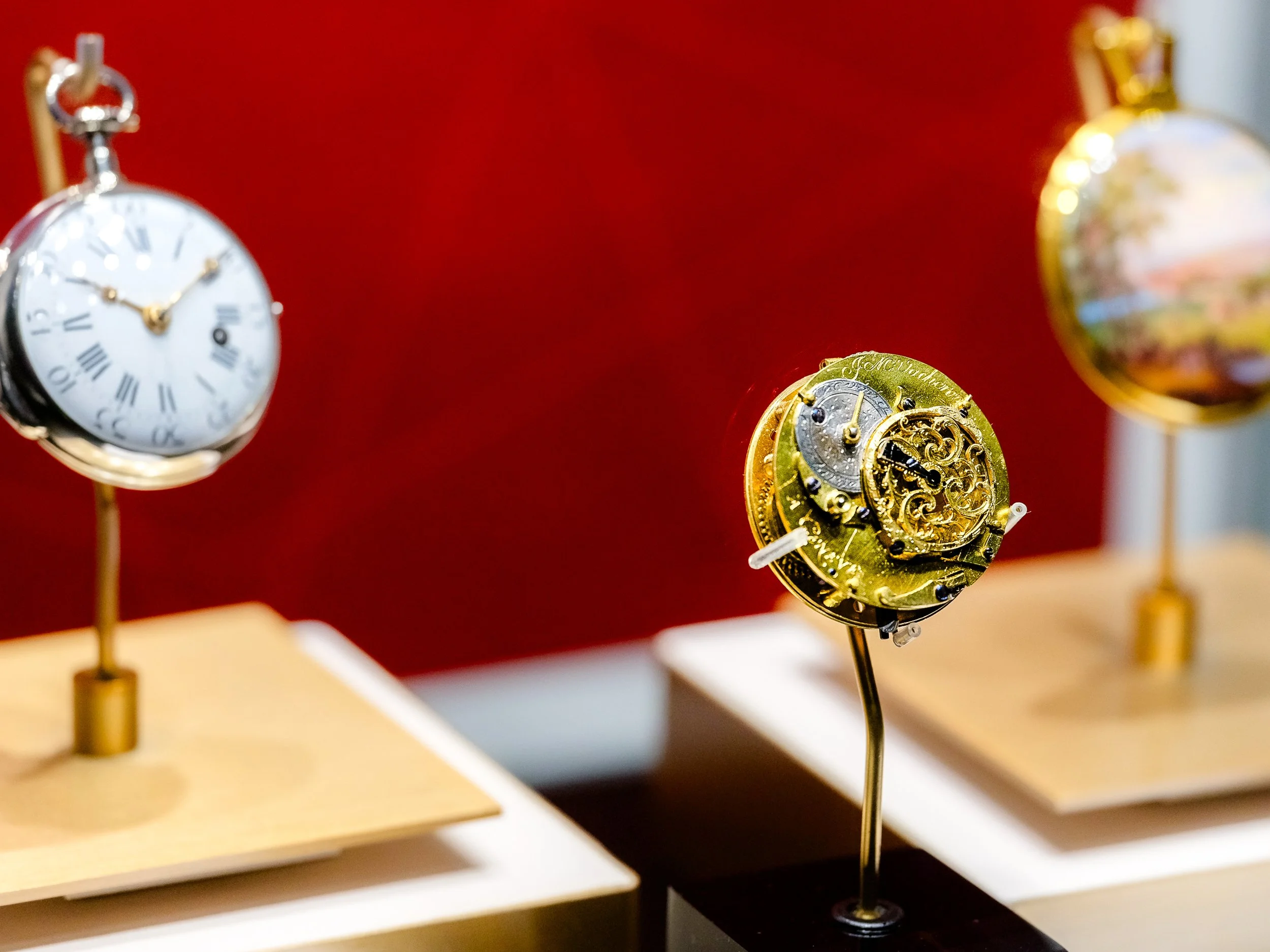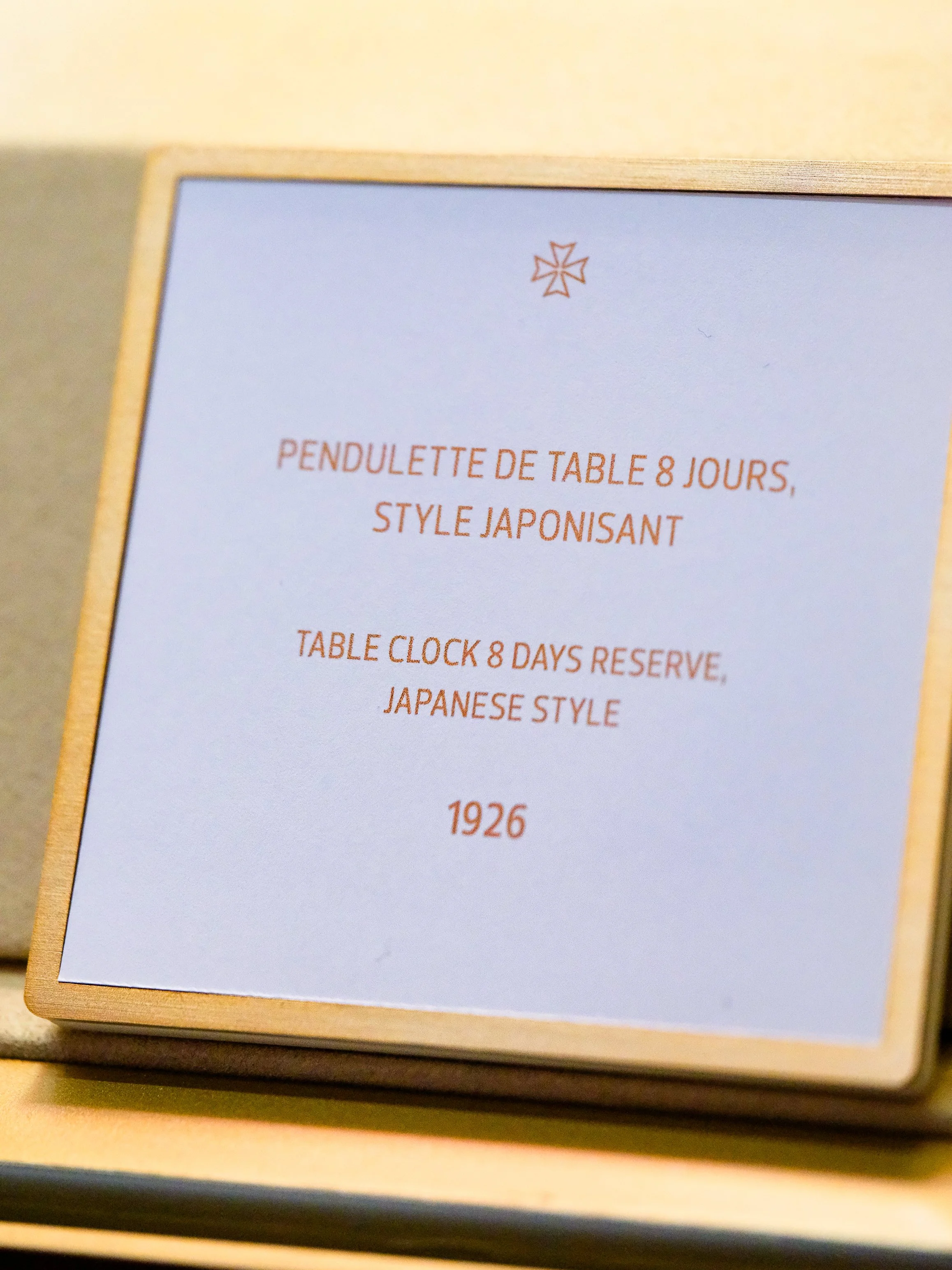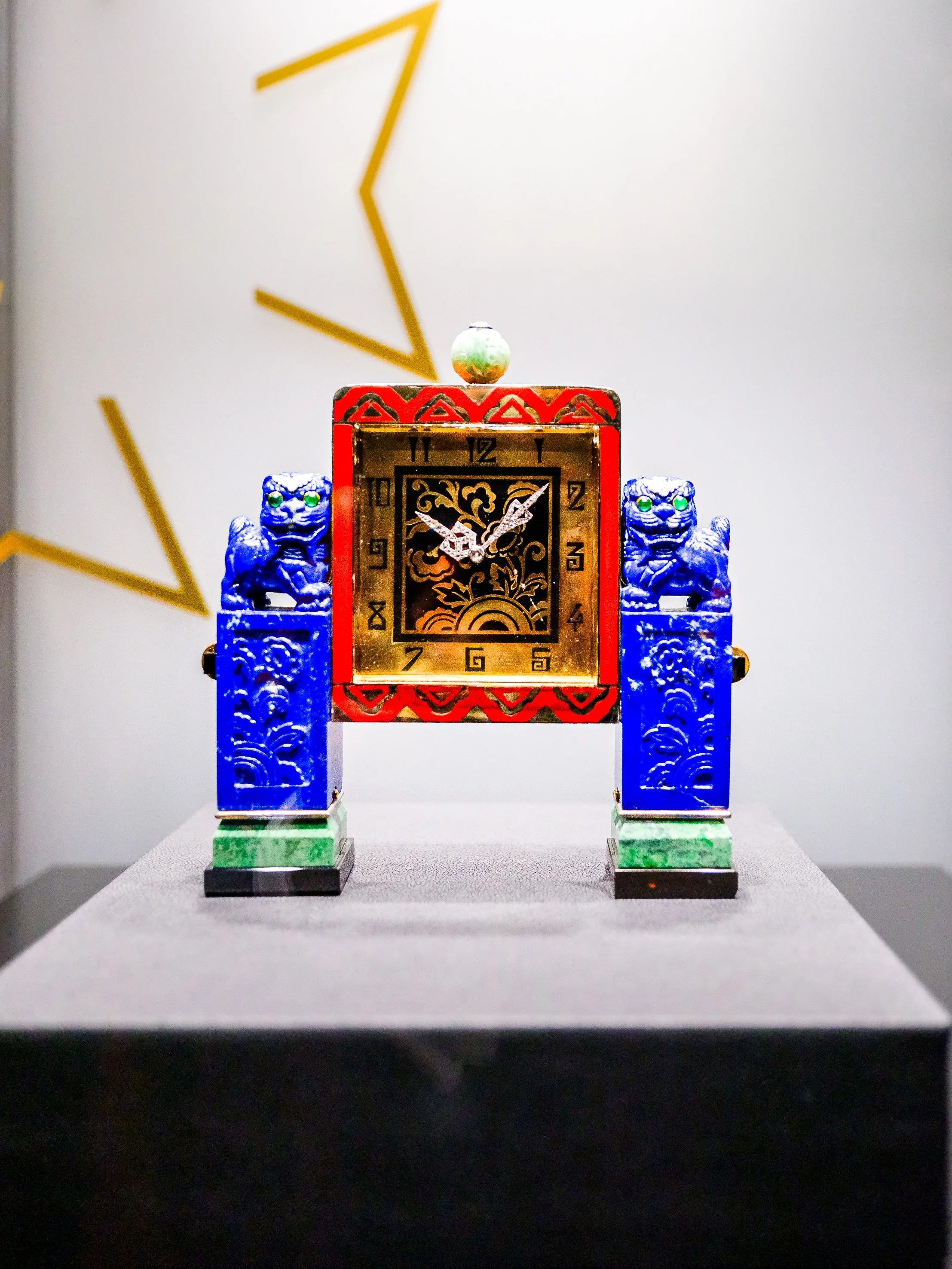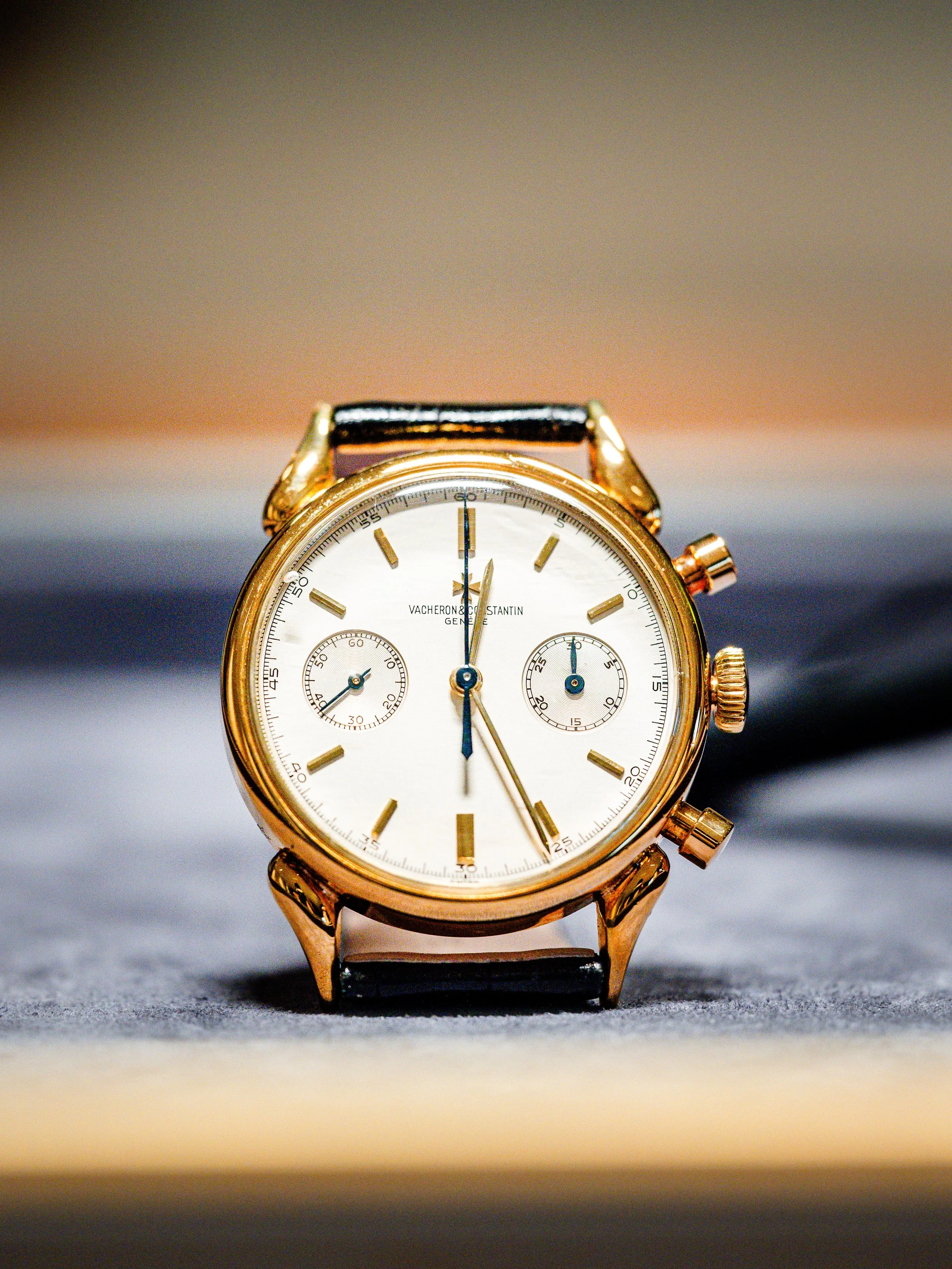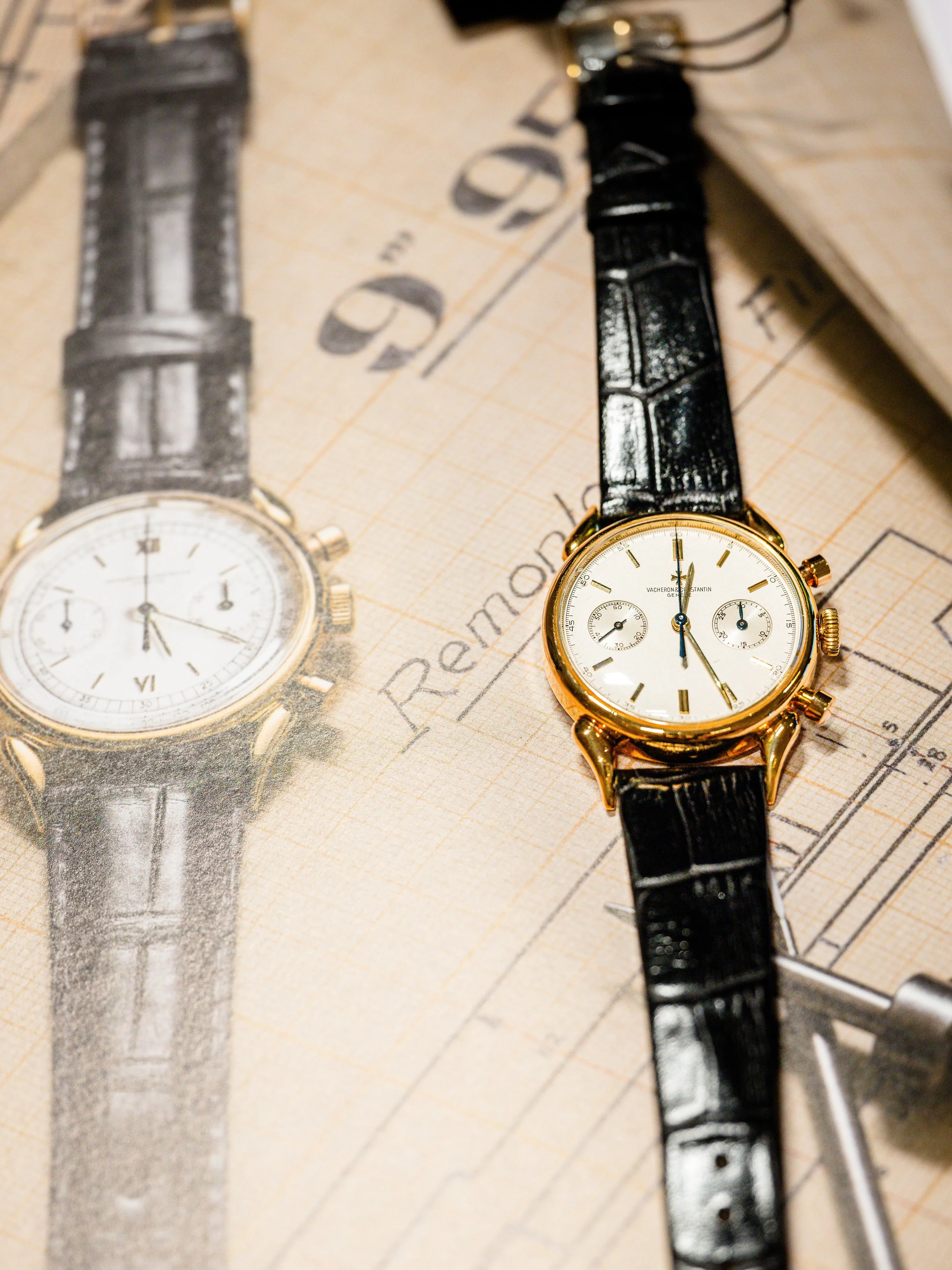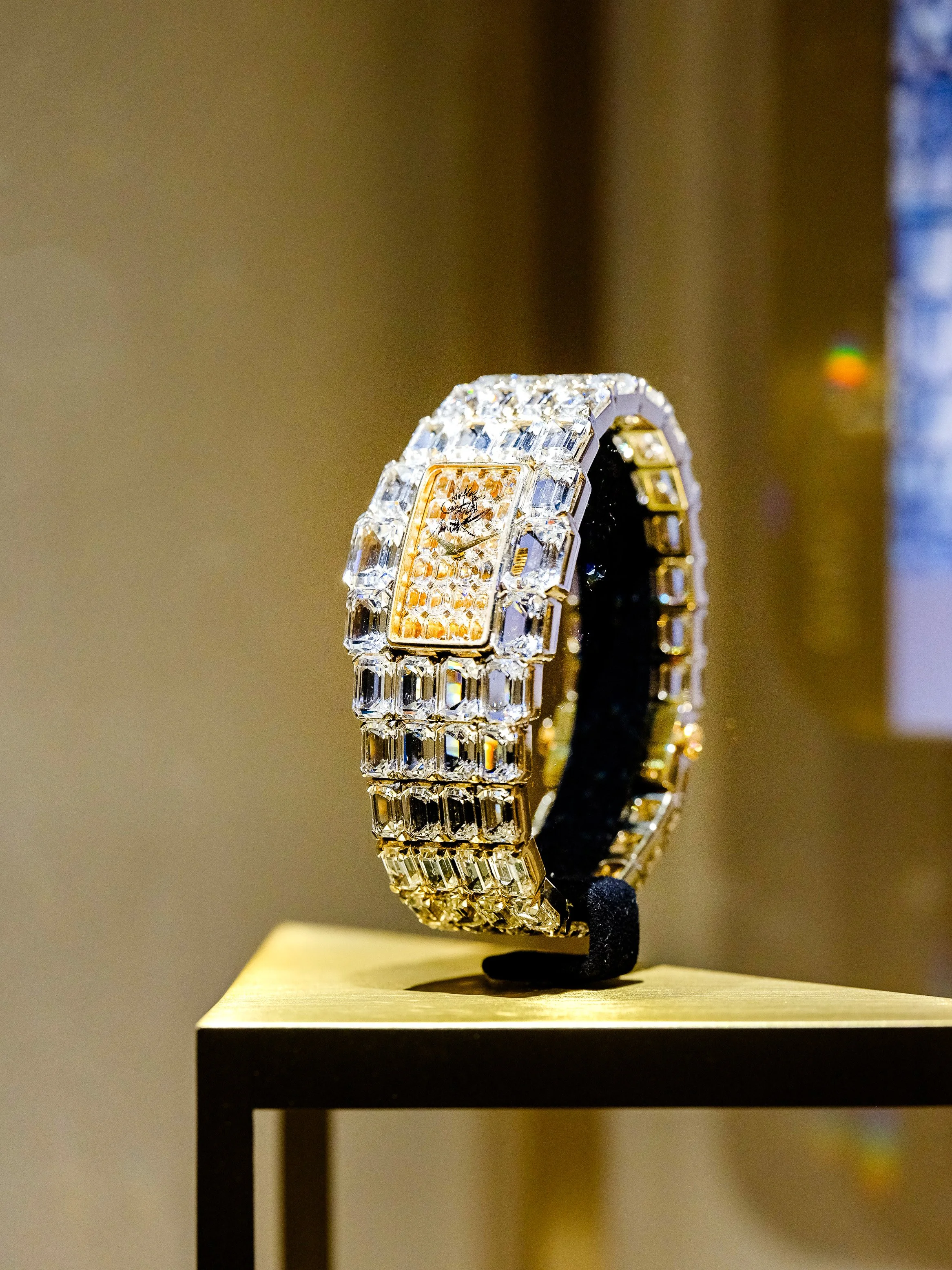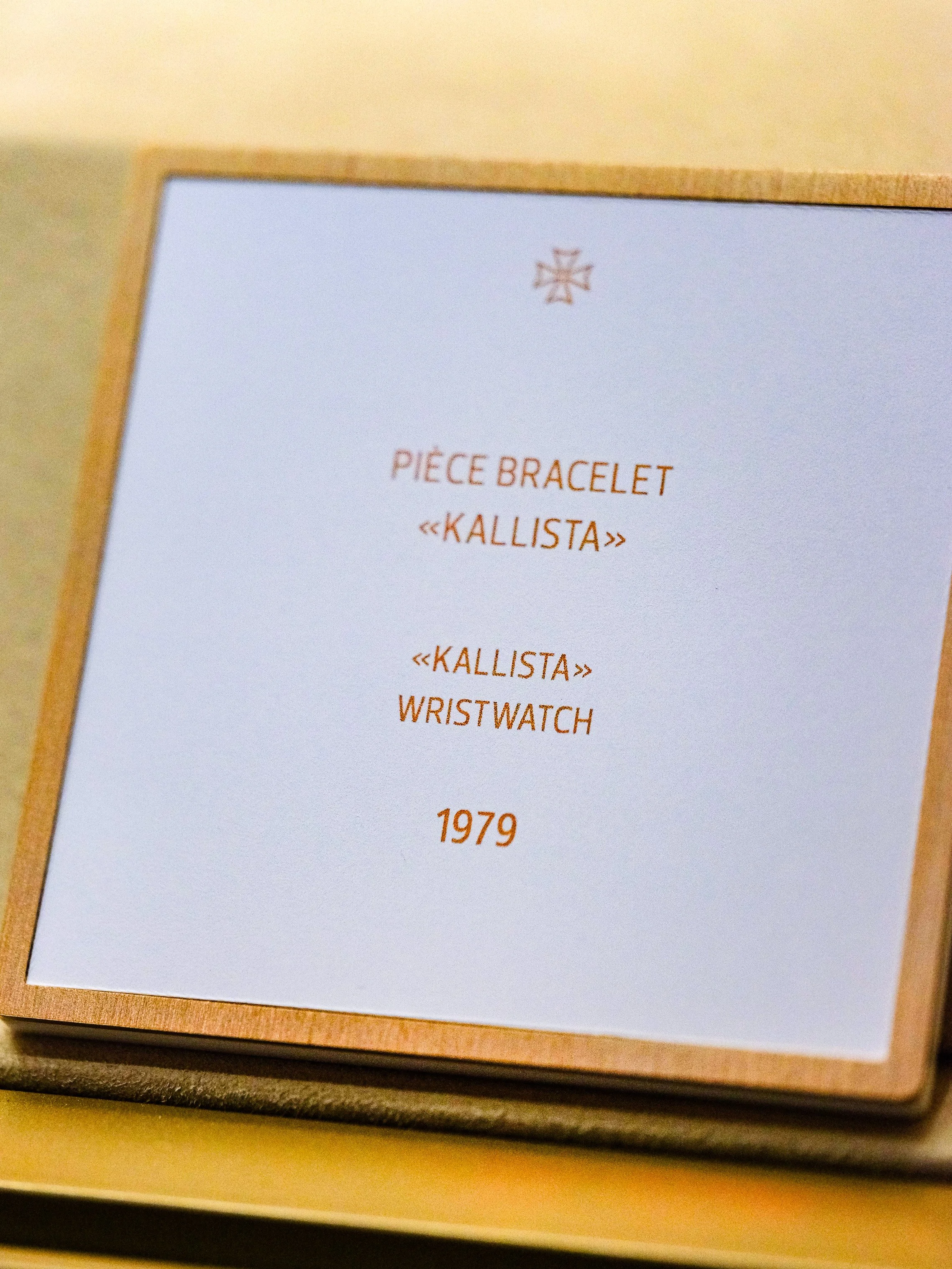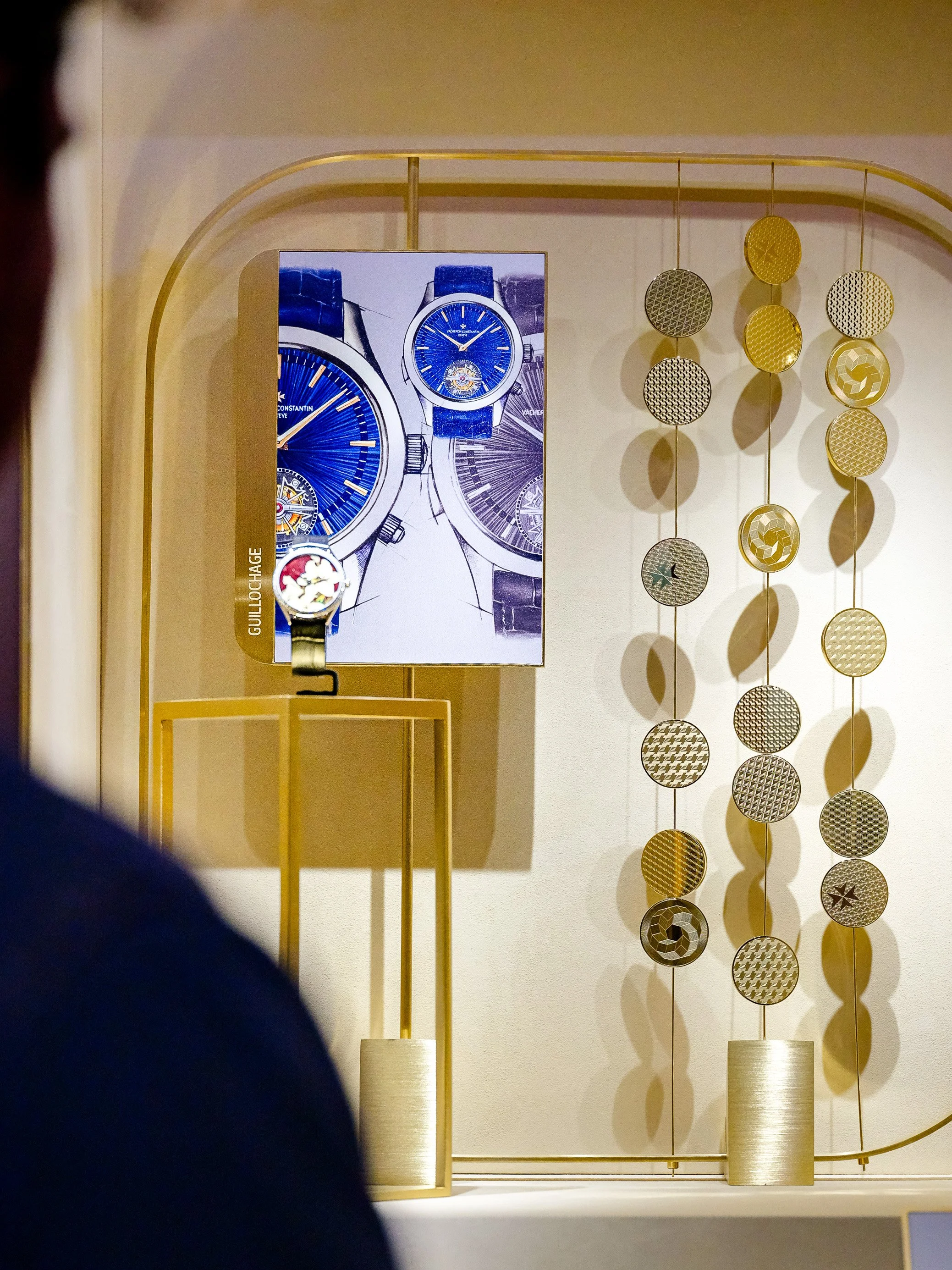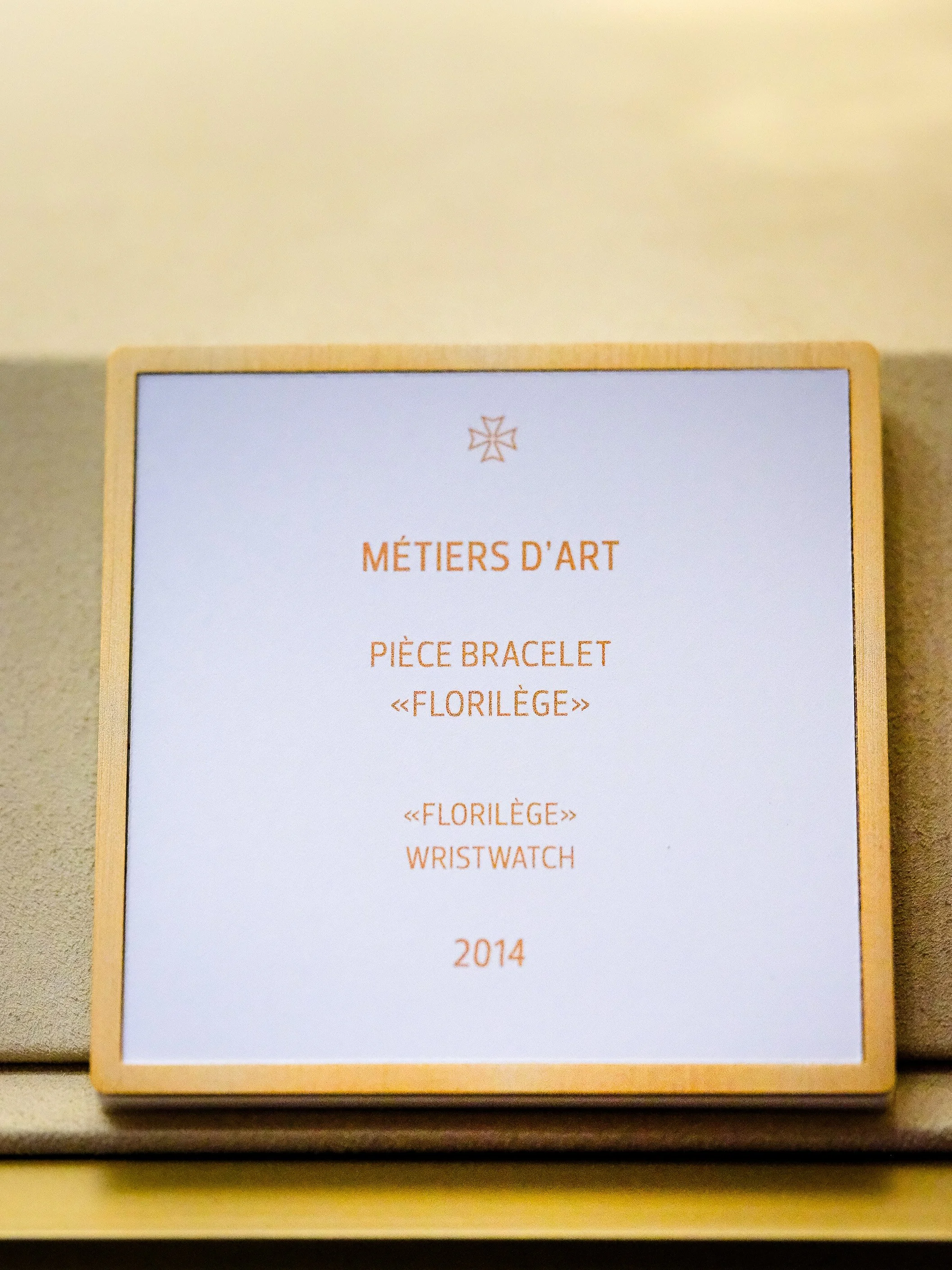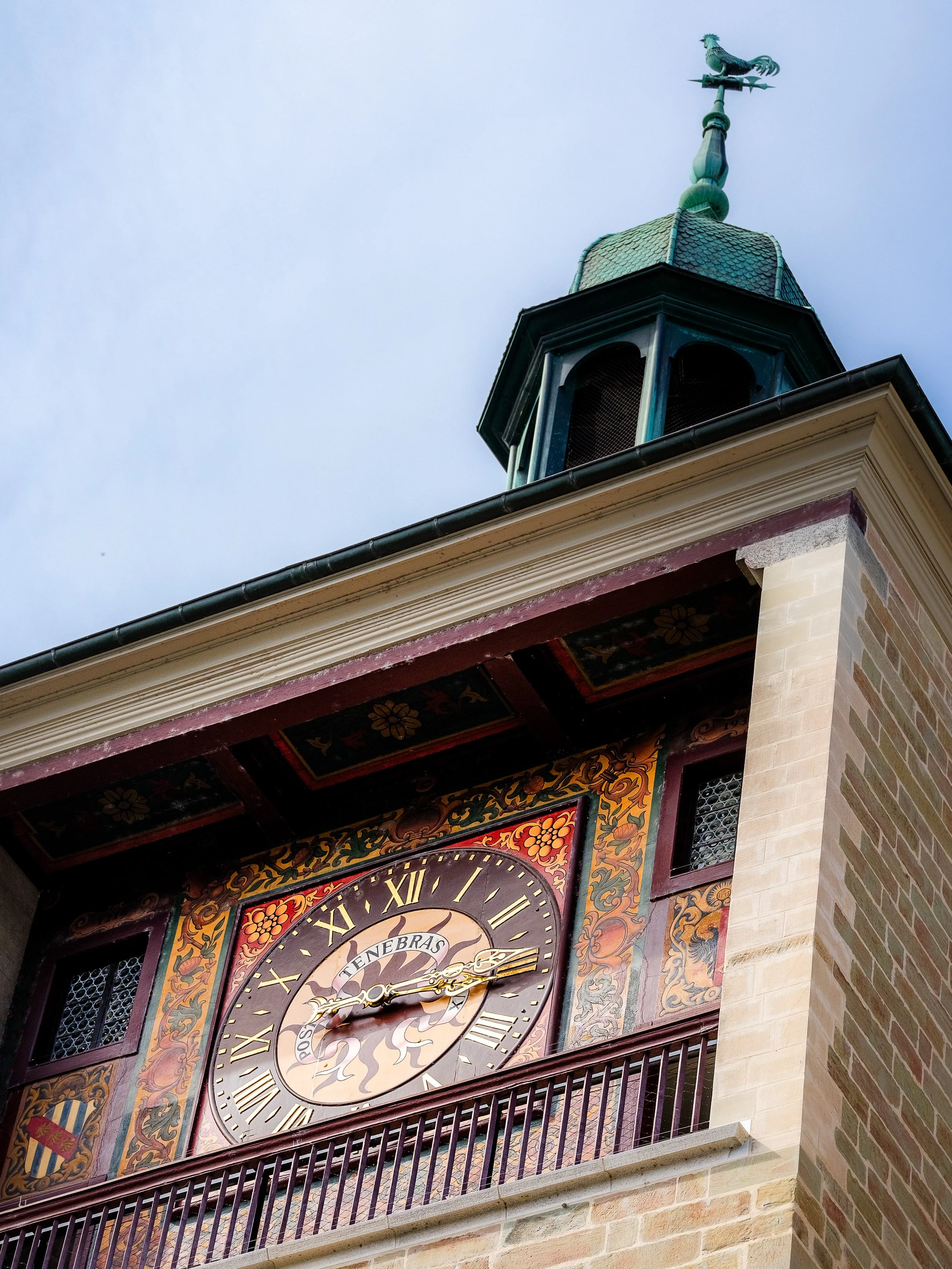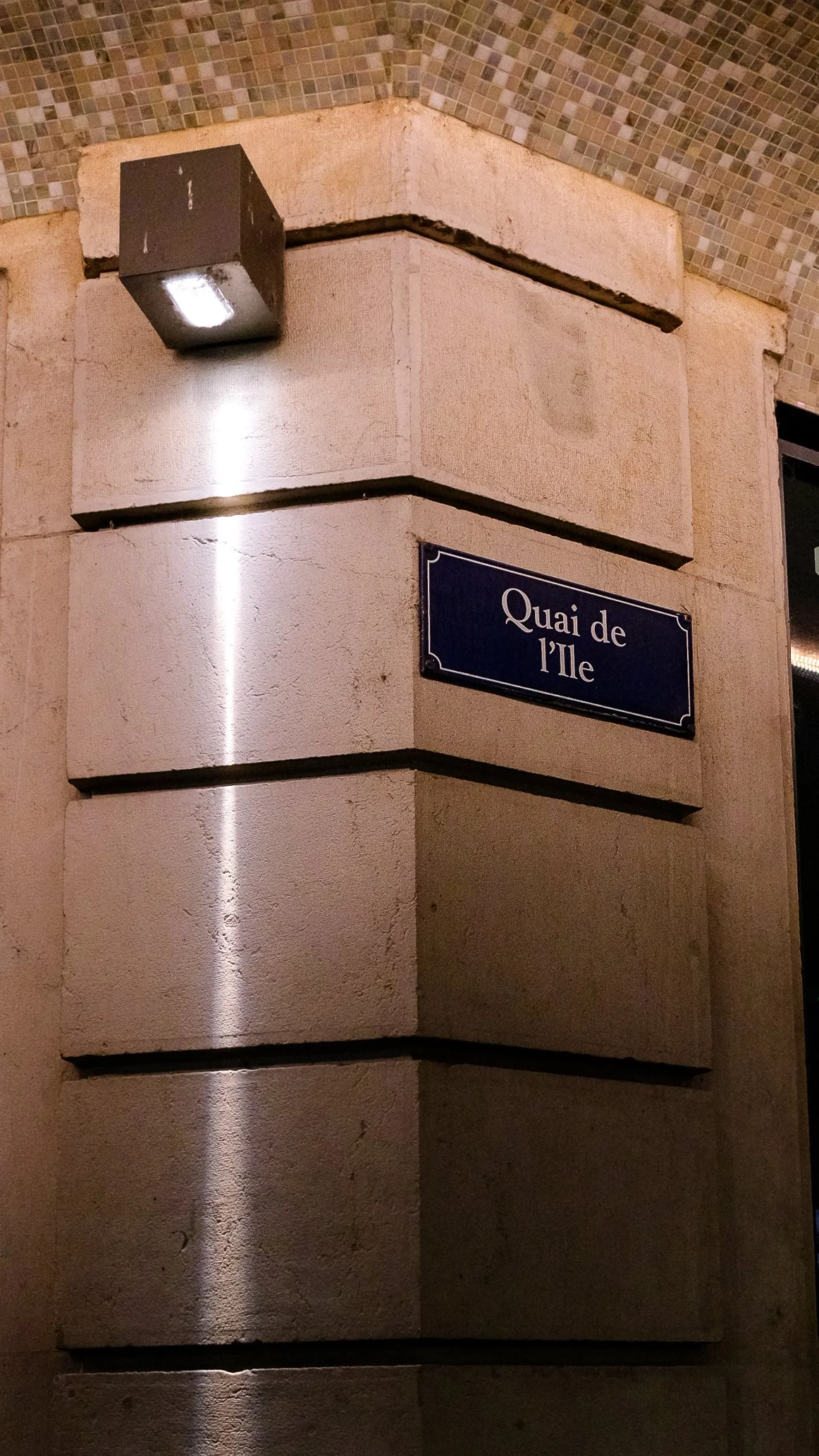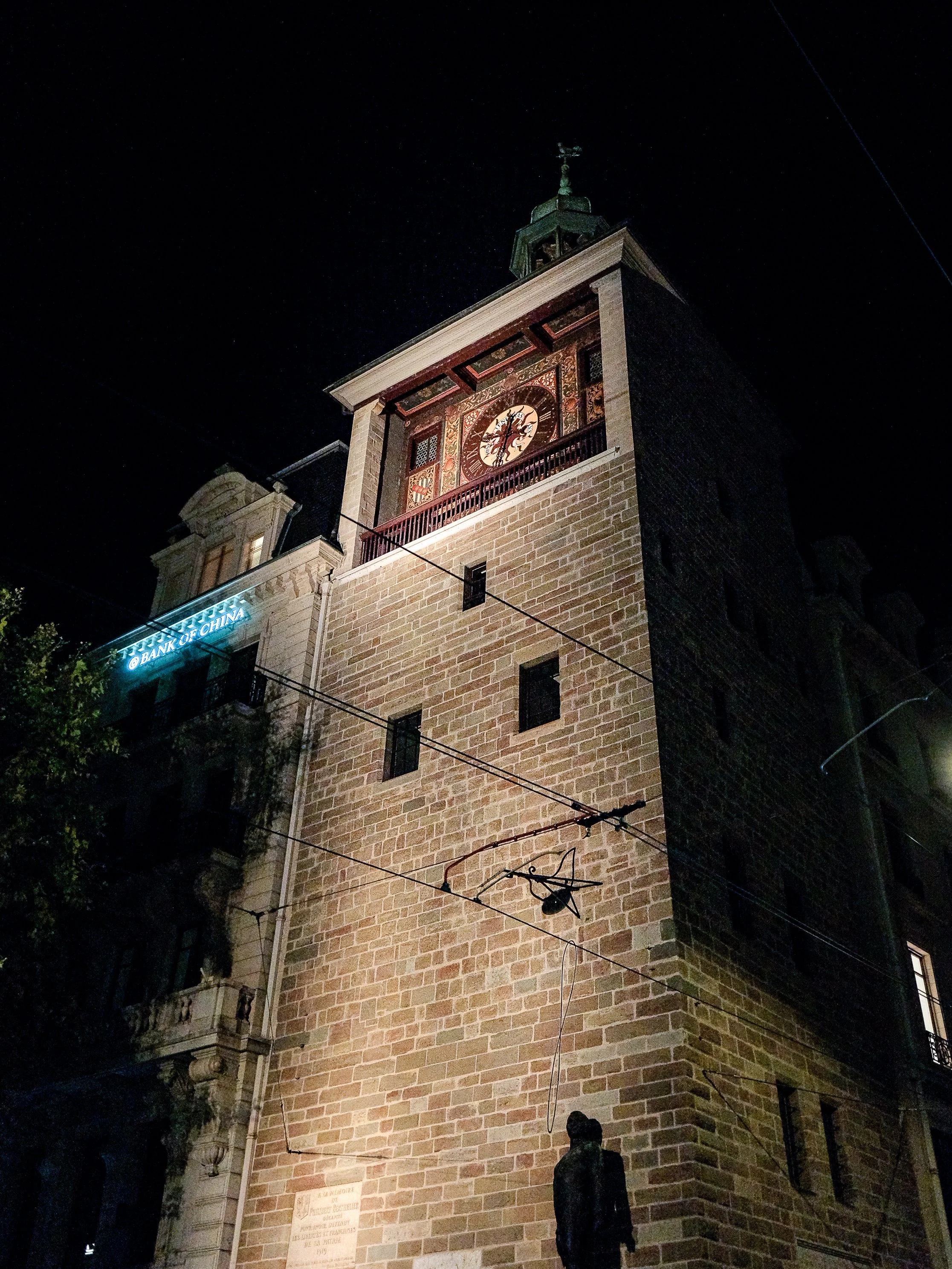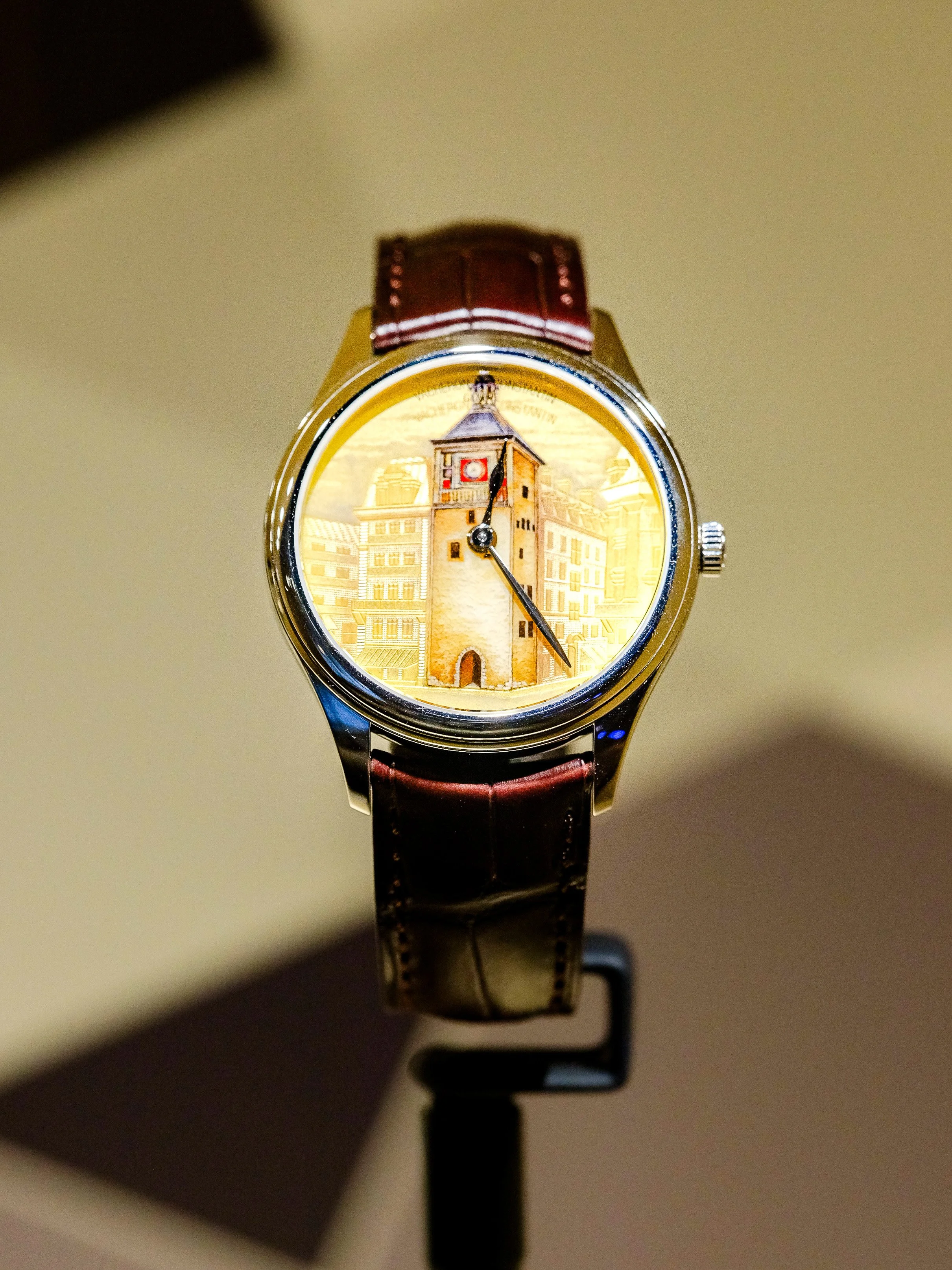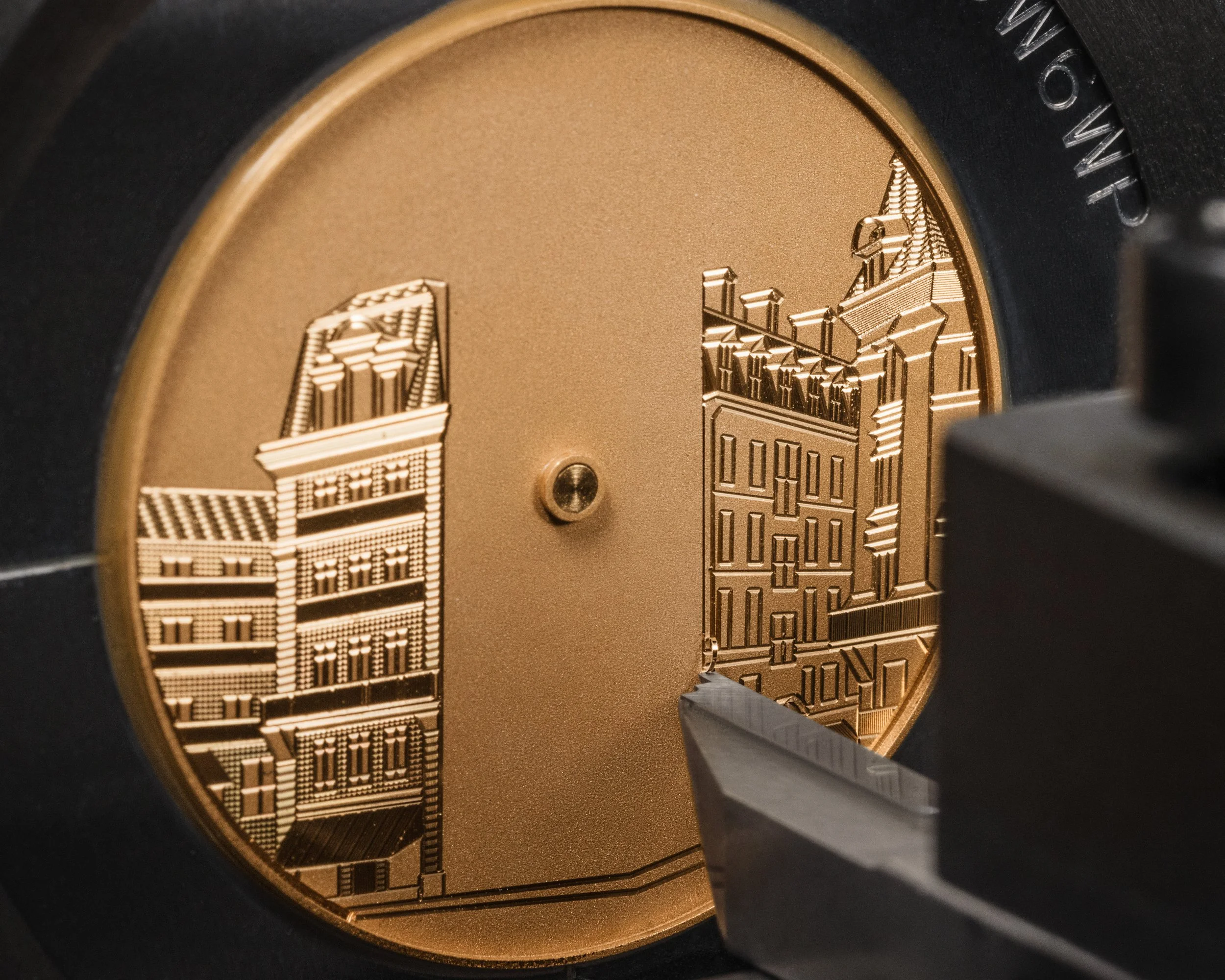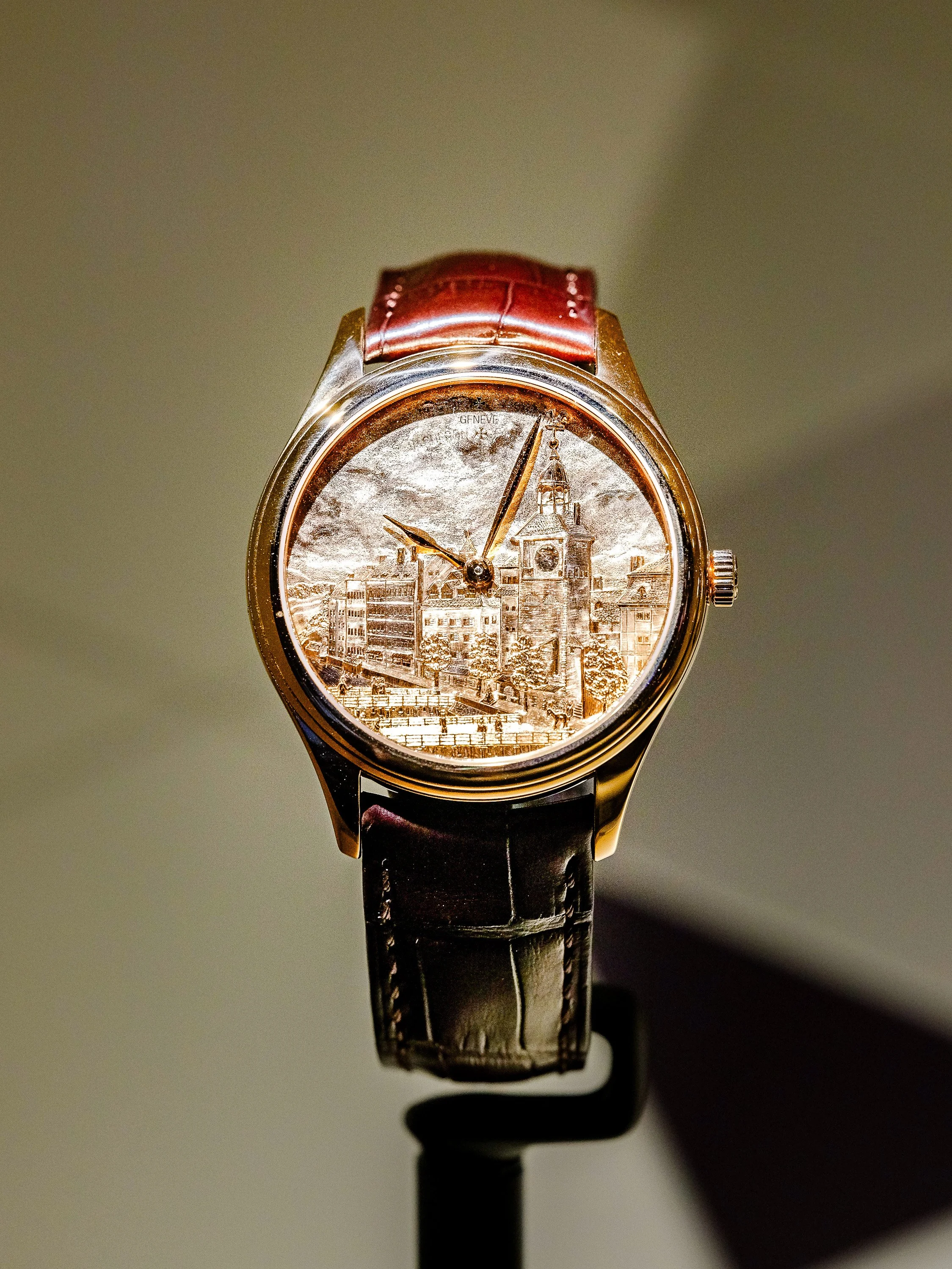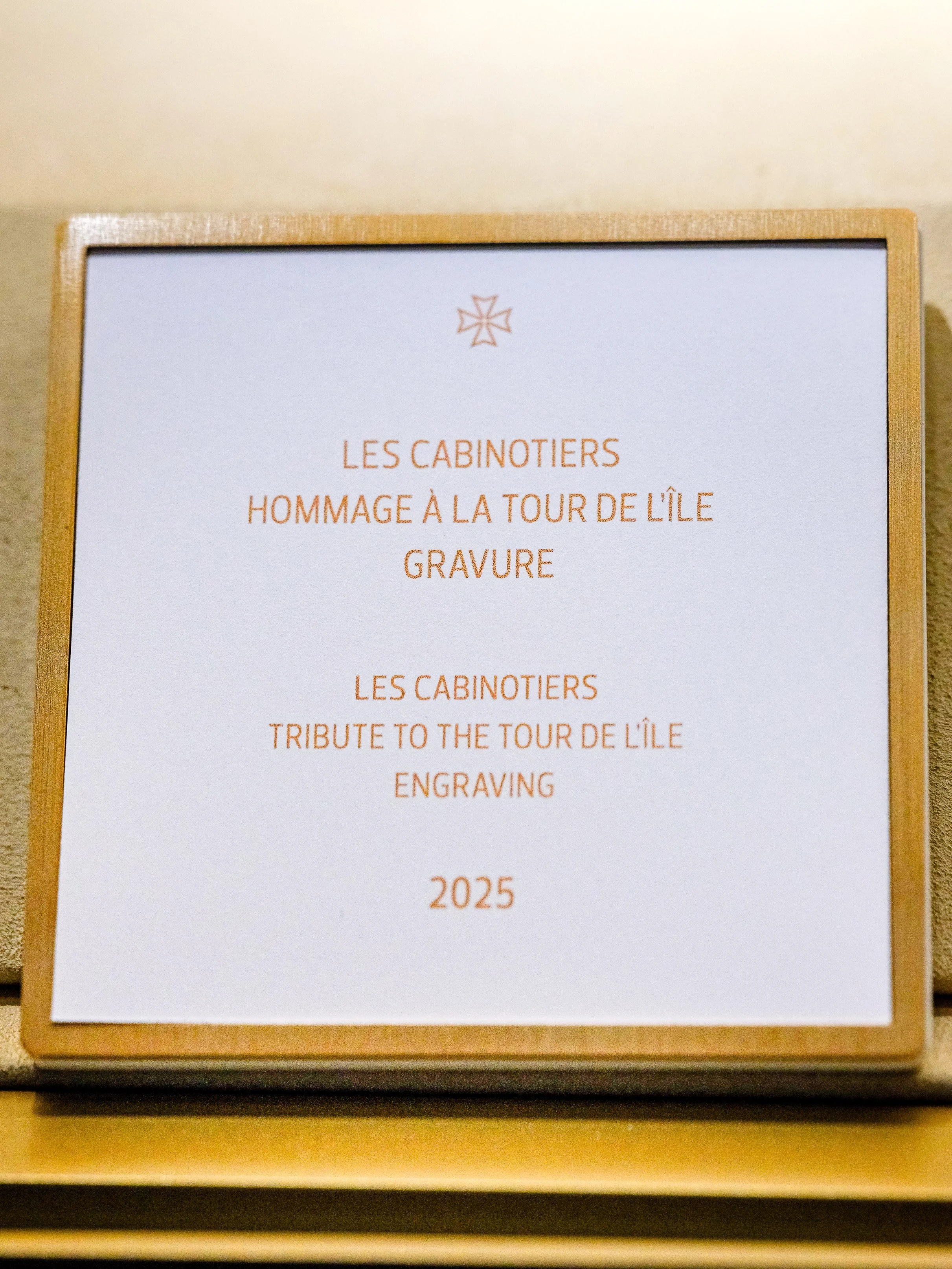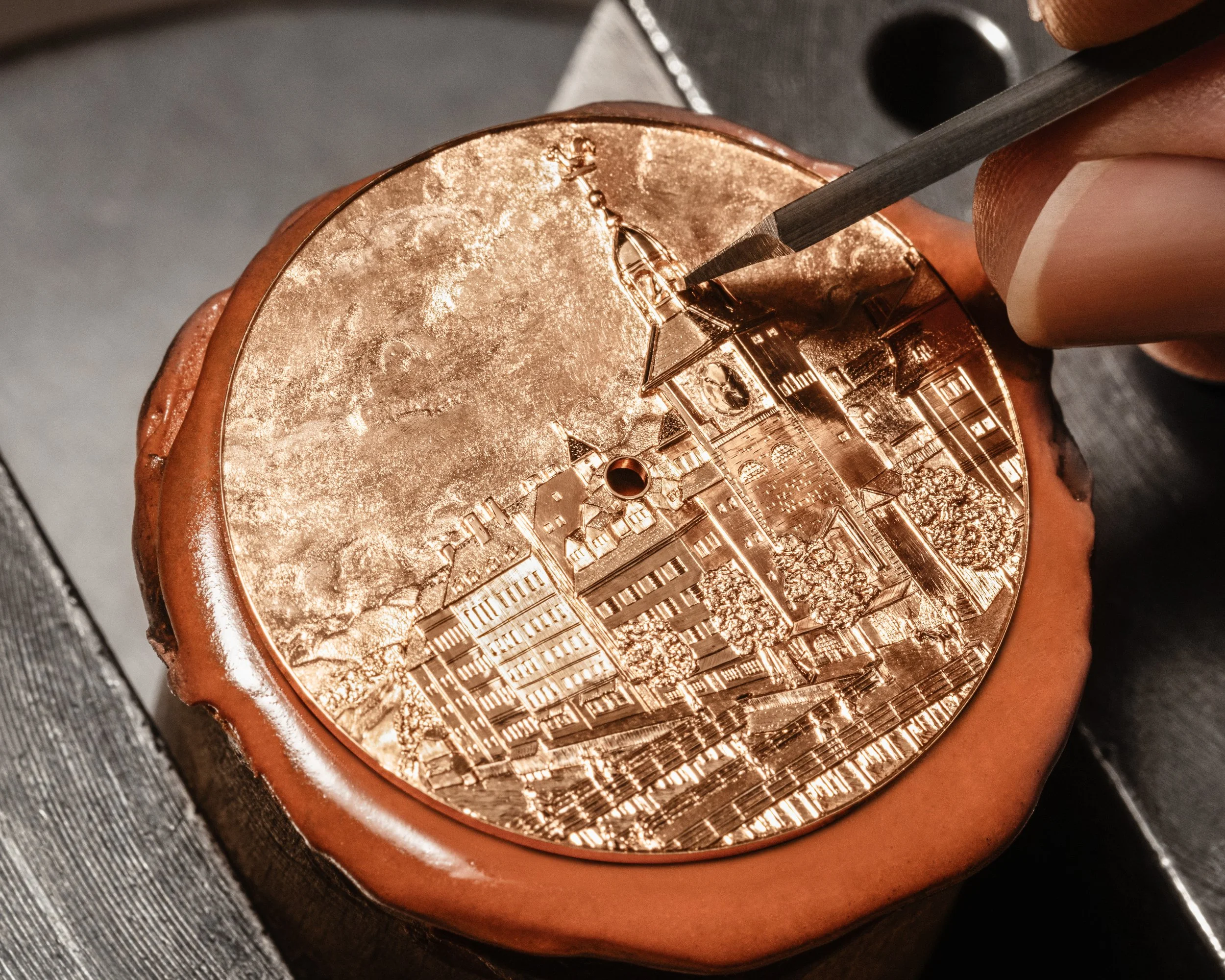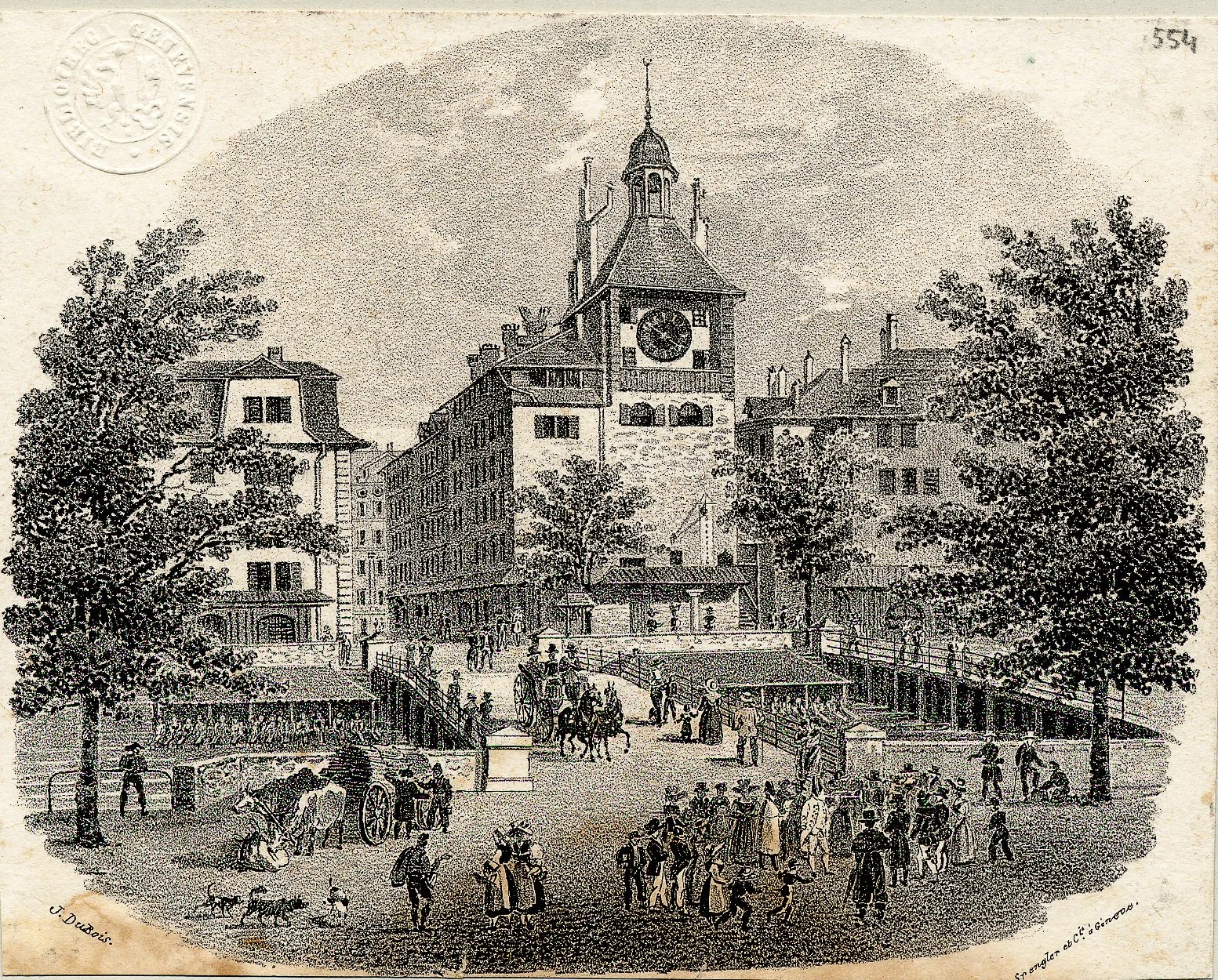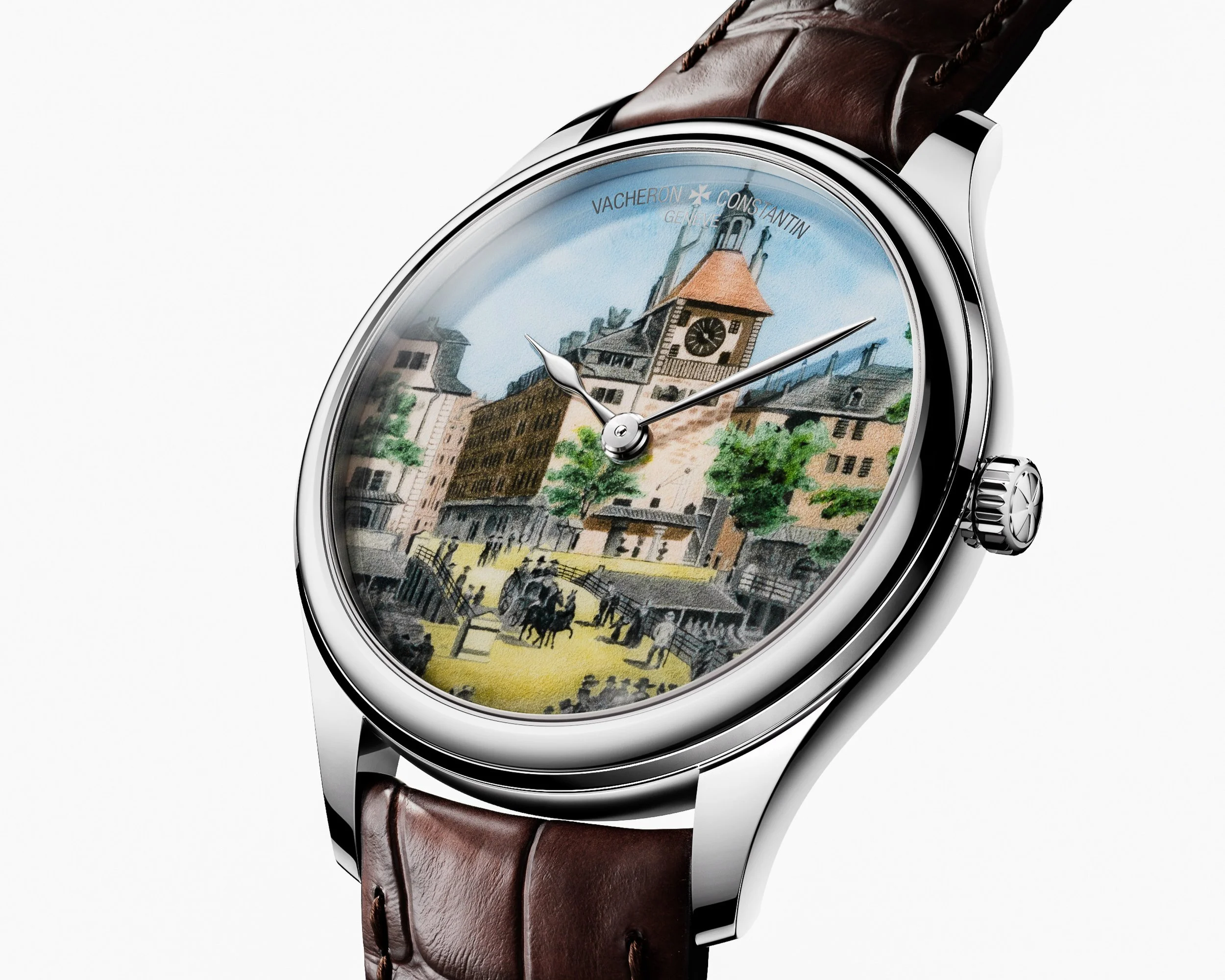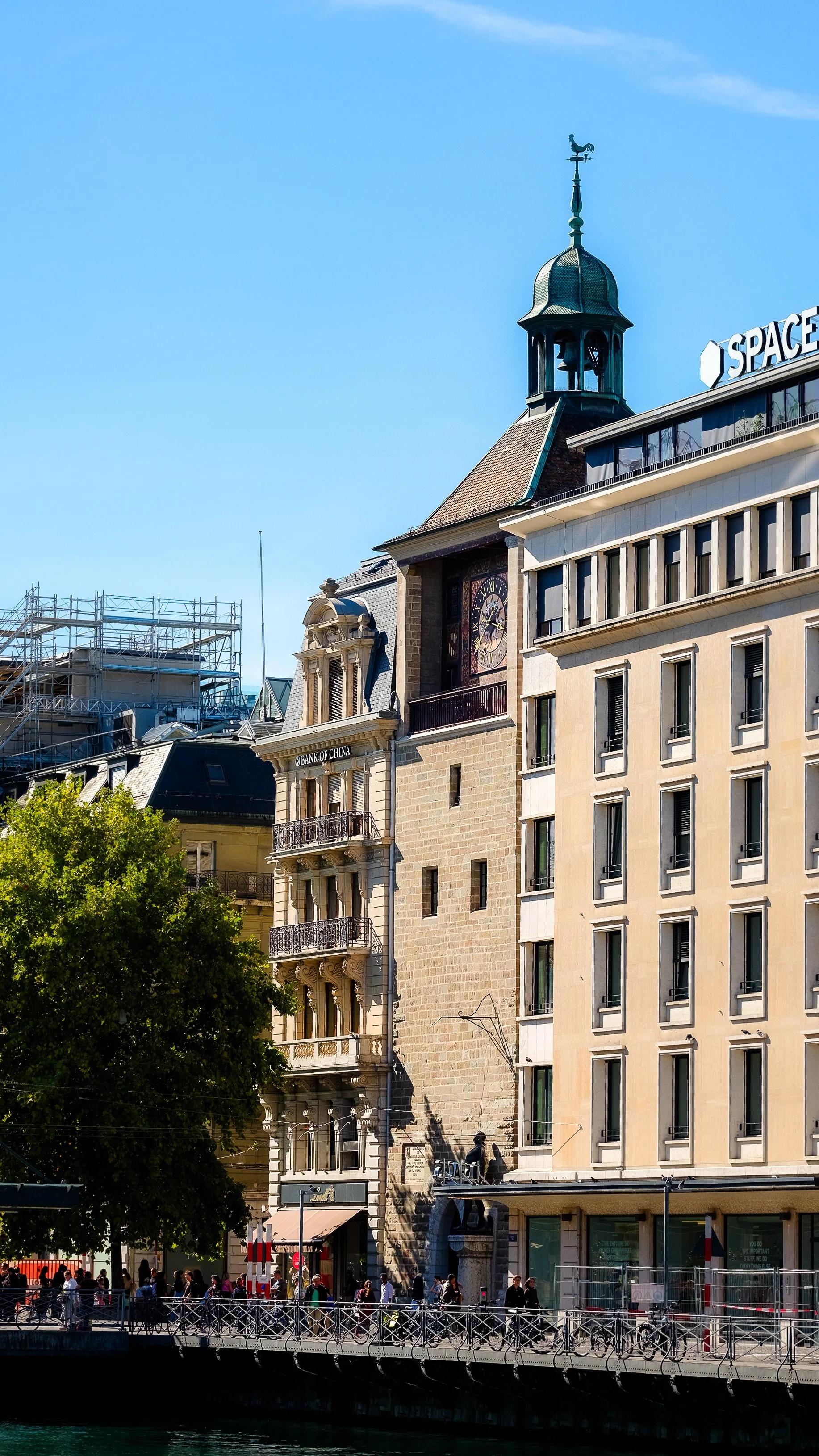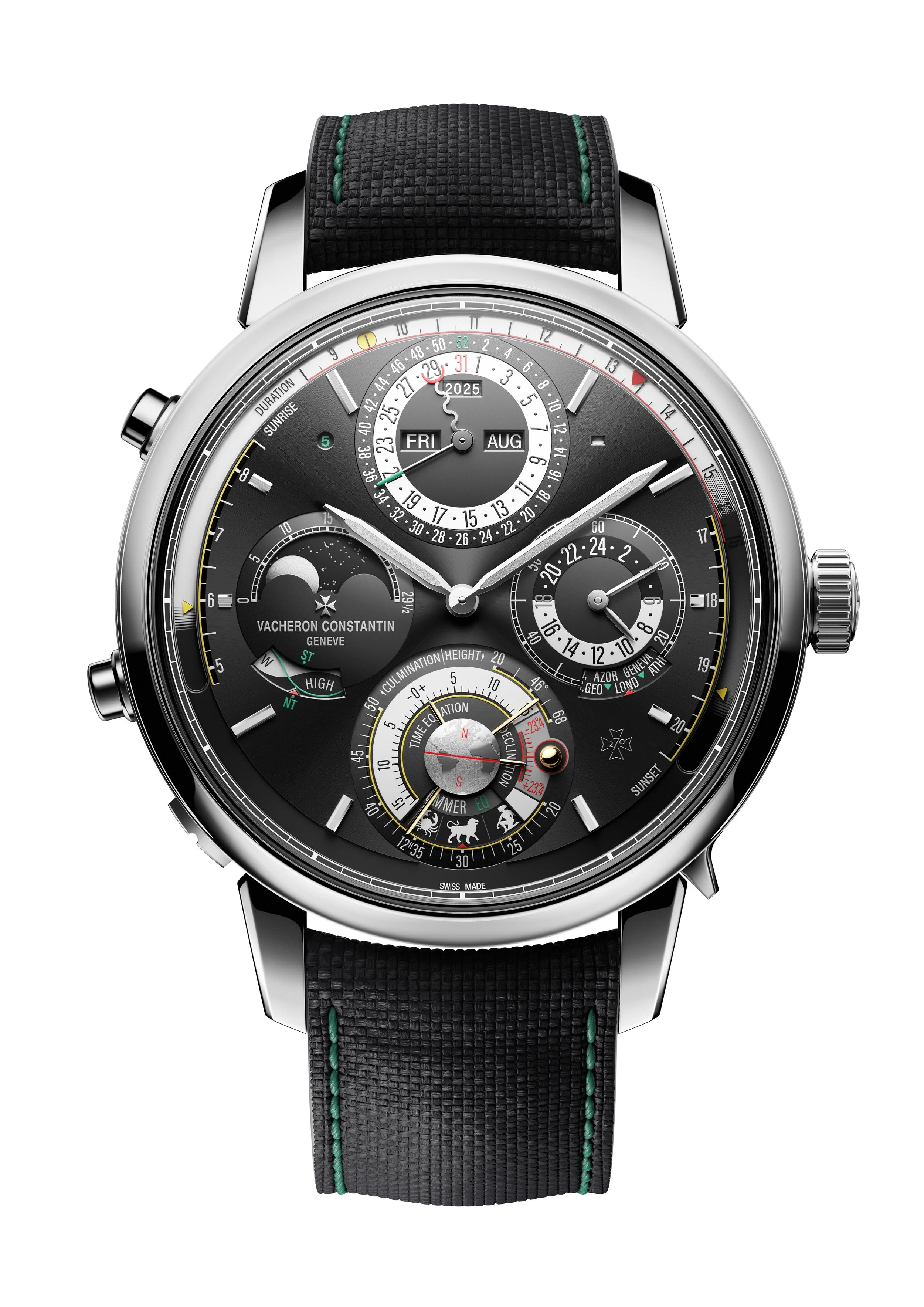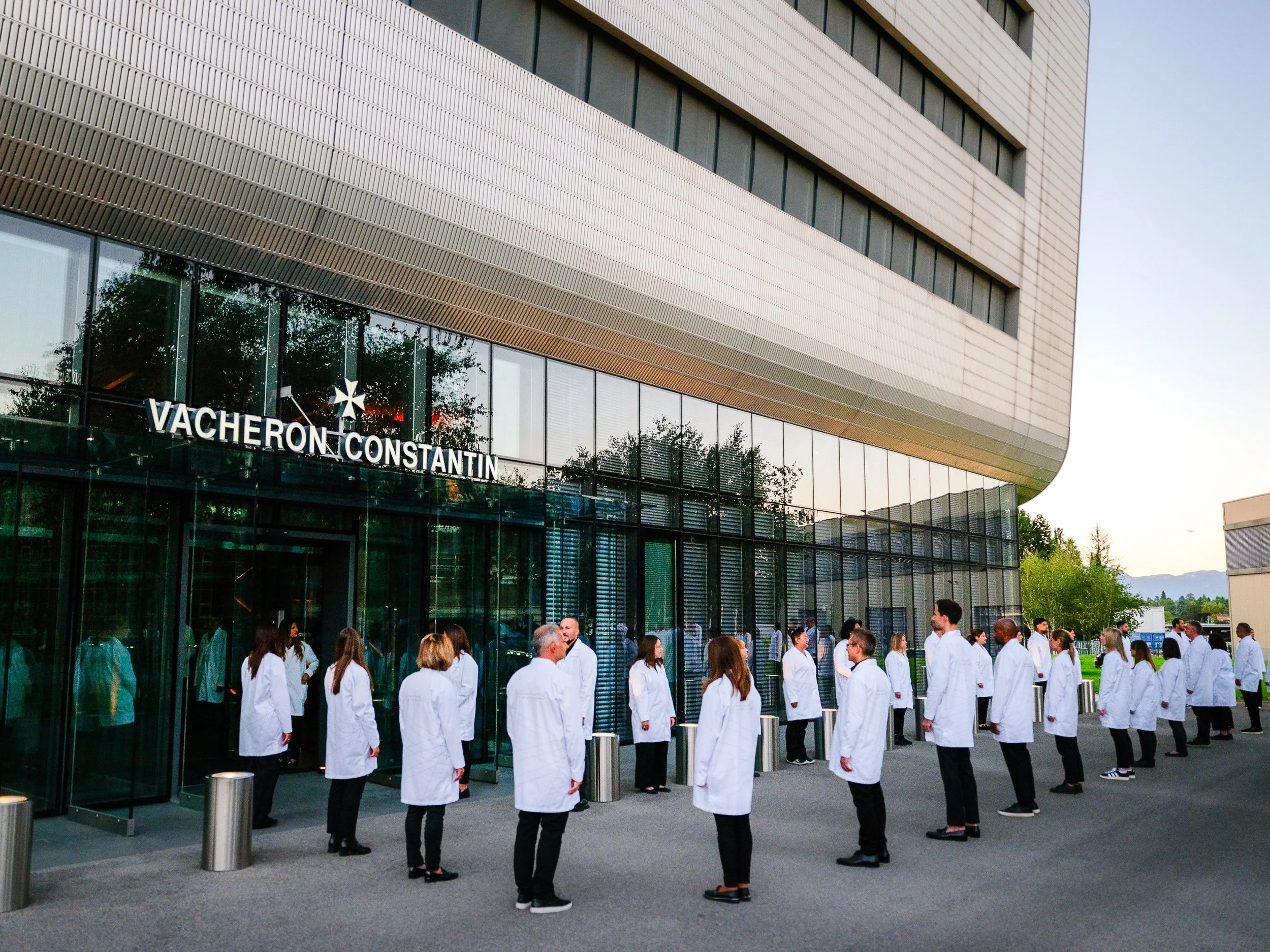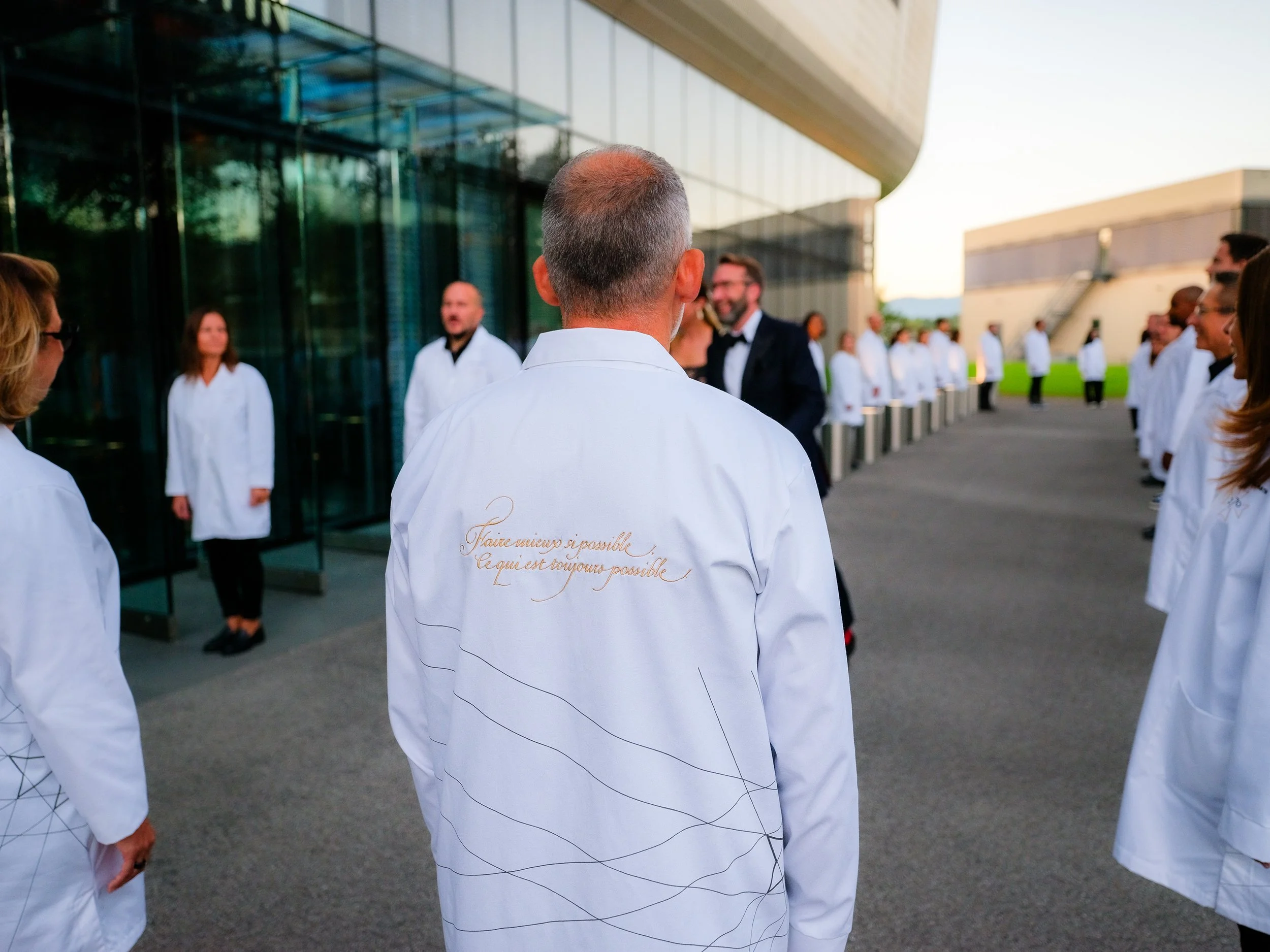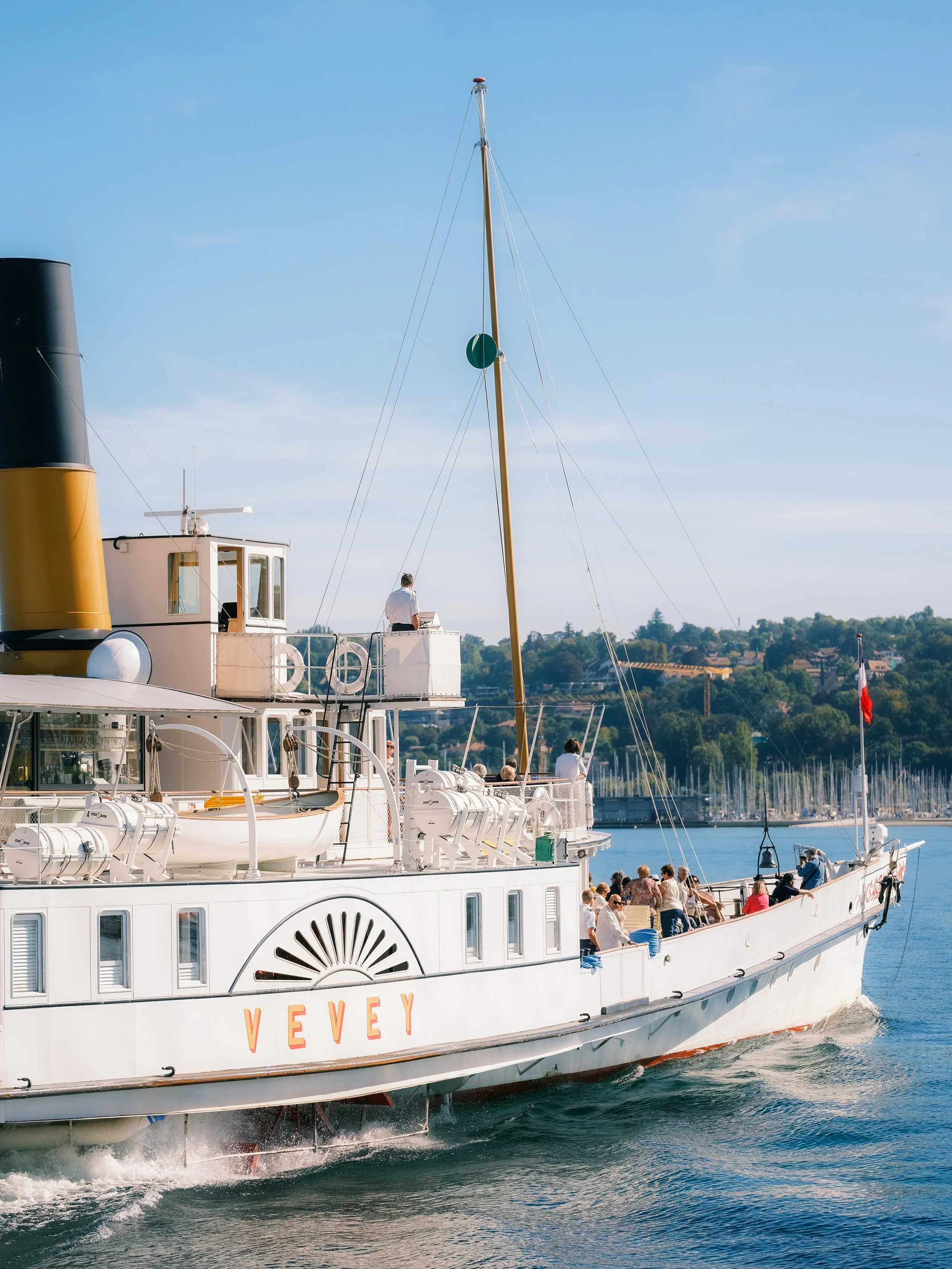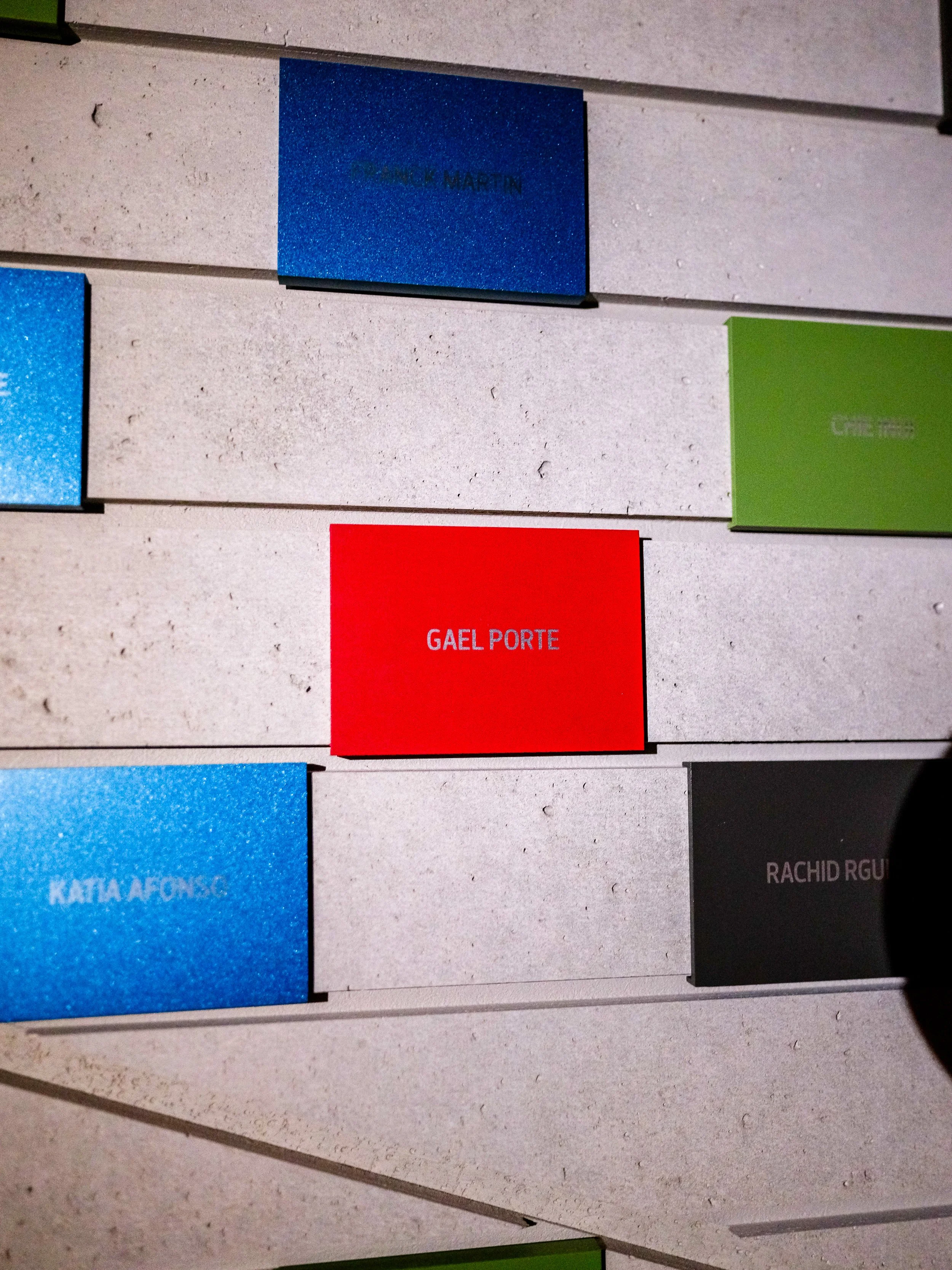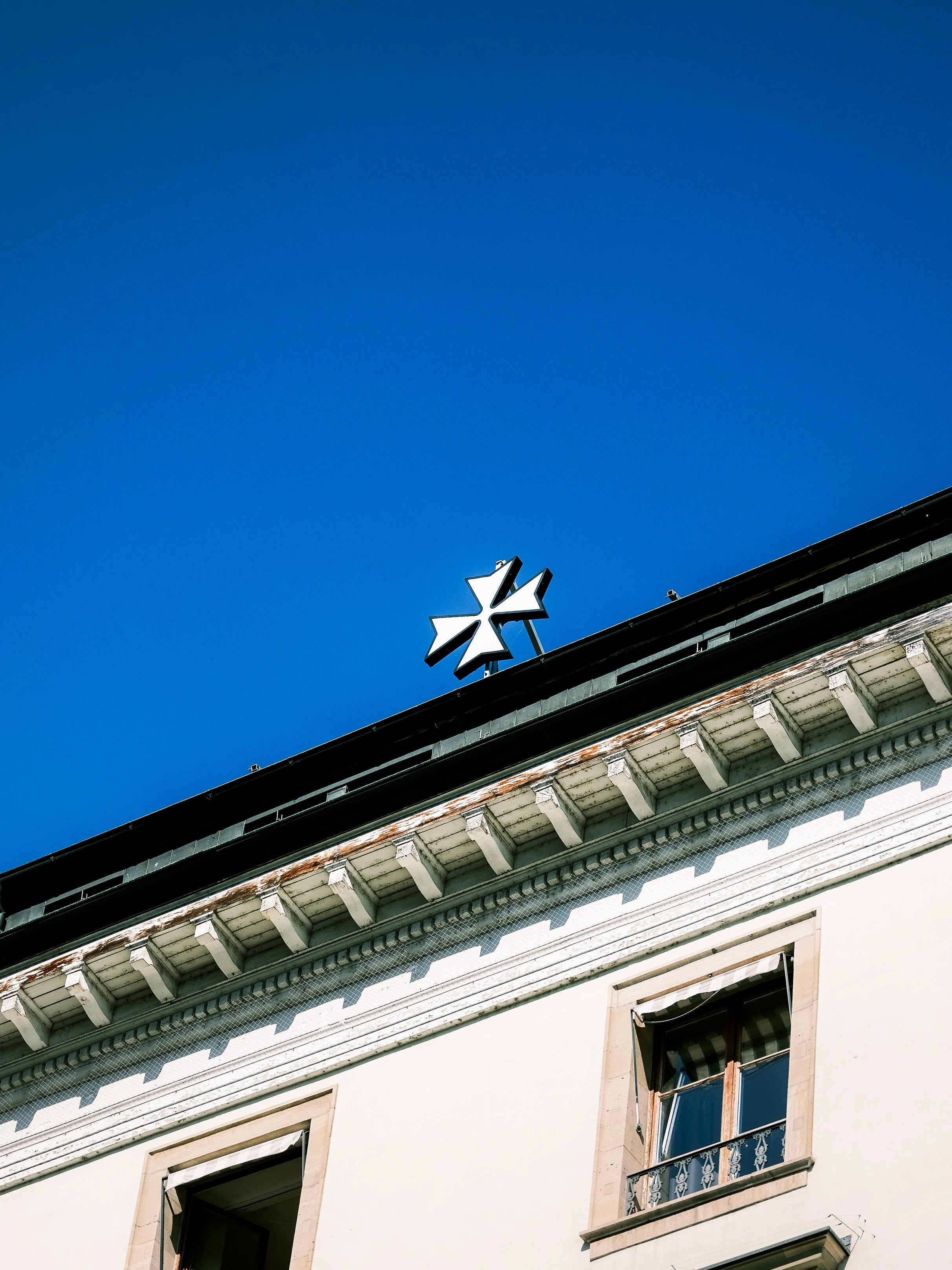Vacheron Constantin 270th Anniversary
visiting ‘The Quest’ exhibition in Geneva, and a little tour around the ‘Tour’
Vacheron Constantin Manufacture on Plan-les-Ouates, Switzerland
Having been to their manufacture, I can attest that Vacheron Constantin’s watches are crafted by real human, with real hands and real heart. Yet, I can’t help but feel there’s something Vacheron isn’t telling us. Not that they’re trying to hide anything. After all, how do you explain what ‘soul’ is? Join me on this little quest to see if we can try to make sense of it.
where the magic happens - floating champagne
Along the scenic Rhône river of Geneva city is a small island called Quai de l'Ile (island quay). Remember this name for now. Cross this little island, and we see a building called FHH, Fondation de la Haute Horlogerie. That’s where Vacheron’s 270th anniversary exhibition - The Quest - is held.
The Quest Exhibition
entrance to ‘The Quest’ exhibition
At the entrance, we are greeted by our eloquent guide.
visiting Vacheron’s 270th exhibit, on their actual birthday on 17 Sep.
‘The Quest’ exhibit takes us through the historical development of Vacheron Constantin via a series of rooms in a chronological order. First up, the ‘birth’ certificate.
1755 - Certificate of Apprenticeship
On 17 Sep 1755, Jean-Marc Vacheron signed a contract with his first apprentice, a Monsieur Jean-François Hetier as seen in this original tome of a contract, thus inking the founding of Maison Vacheron. The rest is history.
signed document of Jean-Marc Vacheron’s first apprentice, dated 1755
Maison Vacheron isn’t a fashion house, mind you. Jean-Marc Vacheron made fine watches, and he had the chops to prove it as seen here:
1755 - First Pocket Watch
The first known timepiece made by the founder himself - a classic pocket watch from year 1755. See that little opening on the dial? Yes, that’s the winding mechanism/crown ;)
You could forgive Monsieur Vacheron for creating such a plain pocket watch. After all, it’s his first foray into watchmaking (not). He’s been manufacturing watches for other companies prior to starting his own.
For a first pocket watch bearing his name, you bet he added something extra. Hidden from plain sight under the dial is this movement:
First thing we notice is an engraved flourishing that’s actually covering the balance wheel, the ‘beating heart’ of any timepiece. Above all the intricate work is his signature engraved on the plate - J. M. Vacheron.
J.M Vacheron’s first pocket watch, consequently his first own calibre
1819 - & Constantin
Fast forward a few decades and two generations later, Jacques Barthélémi Vacheron (Jean-Marc’s grandson) met a brilliant businessman, François Constantin. Imagine the synergy here: Vacheron focused on watchmaking, Constantin focused on business, to each their own strengths.
Thus born Vacheron & Constantin.
On 5 July 1819, Constantin wrote to Vacheron with the below statement which became their motto:
do better if possible, and that is always possible, pic credit: Vacheron Constantin
1918 - James Ward Packard
While Vacheron et fils (and sons) focused on refining and developing their watchmaking prowess back in Geneva, Constantin et fils went around the world to expand the business. Many of these overseas expeditions led to special commissions from private (wealthy) clients. Besides actual royalty (like King Farouk of Egypt), there were also business royals who wanted exclusive flexes.. I mean timepieces. One such man was American automobile magnate - JW Packard.
In 1918, he requested for a chiming pocket watch. Nothing novel though. Minute repeater was already invented by a Mr Thomas Mudge (incidentally in year 1755).
What’s special here with Mr Packard’s order was the combination of complications - minute repeater, with Grande et Petite Sonnerie, first of its kind back in 1918.
Unlike merely striking on demand (repeater), Grande Sonnerie chimes with the passing of time, every quarter and hour. Oh by the way, there’s also a chronograph function just because. Enough history, here it is:
In 2011, this historically important pocket watch came up for auction on Christie’s. It was hammered for a staggering US$1.76million. Now we know who’s the crazy determined ‘person’ who wanted it back then.
1926 - Table Clocks
Besides complicated pocket watches (and some beautiful wristwatches), Vacheron Constantin also made table clocks.
If you ask me, these were more like art pieces that happen to tell time. Here are two examples.
First one, inspired by Japanese arts.
Here’s another that I saw in the manufacture, inspired by Chinese culture:
table clock inspired by chinese culture, as seen during manufacture tour
1955 - Cornes de Vache (OG)
Let’s take a quick commercial break from the exhibition. You can also consider this an easter egg. Thanks to Ms Sigrid from the heritage department, I got to witness greatness first hand, the original Cornes de Vache, ref. 6087.
The one, the original ref. 6087 Cornes de Vache from 1955, watch belongs to Vacheron.
The perfectly symmetrical dial layout, those flared lugs and the flawless dial. While not 1/1, finding one in such impeccable condition is as good as a pièce unique to me. I am immensely grateful to be able to see my favourite Vacheron lugs, in the motherland no less.
If like me, you love Vacheron watches both modern and especially vintage, then you’d know what it means to visit the archives department. It’s like a die-hard Da Vinci fan going to the Louvre for the first time, standing in front of La Belle Ferronière. Ok fine, it’s the Mona Lisa, duh.
While I can’t show you exactly what I saw in the archives, I can tell you there are 4.5million articles of documents kept in a carefully-monitored (for temperature, humidity and security) room. We may not all have the opportunity to visit the room of secrets, but no worries.
Keep a lookout for a new book from Vacheron Constantin called The Quest; a painstaking passion project that documents all the most important vintage and neo-vintage watches from Vacheron.
CDV beside an image of CDV from The Quest book
Now, back to the exhibition.
1979 - Kallista
118. That’s the number of emerald-cut diamonds on this watch. Representing the gem-setting section of the exhibition, we have a VERY precious watch. Named the Kallista, this gem (pun intended) of a watch took Vacheron artisans 6000 hours to cut, polish, set and complete. The selection process for the diamonds alone took five years.
The Kallista also set the record for being the most expensive wristwatch ever sold back in 1979. According to some rumours, at one point this watch belonged to a certain celebrity with the name, Jackson. Go figure who.
2014 - Florilege
Next up in the guillochage section, Vacheron shows us a myriad of engraving techniques. We see a few examples of guilloche dials on display. These are made via hand-turned rose engines.
Guillochage section, represented by a beautiful watch
The sole watch in this display case is a special one. It is part of what Vacheron calls ‘Métiers d’Art Florilège’ series. The dial features a combination of two main decorative techniques - guilloche and cloisonne enamelling. To top it off, 60 baguette diamonds are carefully set around the bezel.
spot the enamellist’s signature, can you tell who it is?
Look carefully and you will spot the enamellist’s siganture - AP (between 6 and 7 o’ clock). Ms Anita Porchet and her artisans are simply put, one of the best enamelling studio in the world. Her work is also often seen on other reputable watch brands such as Patek.
Just to be clear, Vacheron has their own enamelling team as well and they could’ve kept everything in-house. But there are special tribute pieces to be made, and that privilege is reserved for their own amazing artisans.
2025 - 270th Anniversary
To celebrate this milestone year of 270th anniversary, Vacheron had to pick a ‘muse’. What better subject than a clock tower on a little island quay.. 😪
Before you snooze, hear me out. The Tour de l’Île (tower of island) isn’t just any building. In 1843, it used to be Vacheron Constantin’s workshop until 1875, when they shifted to a bigger premise.
Vacheron’s signboard on the Tour de l’Île back in the days, pic credit: Vacheron Constantin
Today, the triple time display is gone (since 1879), replaced by one big beautifully painted clock face.
Tour de l’Île modern face
Vacheron says Tour de l’Île is important. I decide to test it out by pretending to be their watchmaker back in the day. First, let’s take a little tour around the city and find the tower. Look for a little green rooster and bell tower.
Then find a street called Quai de l’Île.
Most craftsman work with the sun’s rhythm, relying more on natural light. It’s also why their workshops are normally located at the upper levels of the building.
Here, I reached the tower at the break of dawn.
After touring the historic old town of Geneva and walking downslope on cobbled paths, I looked up and was blessed not just with the second golden hour of the day, but a very opportune view of the tower.
Sure, there were candles back in the day but there was already something called Work-Life balance. Sadly, can’t work from home for this job. But with a prime view of Geneva city, I’ll gladly work in office. With the setting of sun, it’s time to pack up the tools and leave for dinner.
We’ve come to the end of our tour around the Tour.
Les Cabinotiers Tribute to the Tour de l’Île
In conjunction with their 270th anniversary, Vacheron commissioned three beautiful watches to pay homage to the Tour de l’Île. Each watch features a different Metiers’ d’Art approach. First up, my favourite of the three:
Figurative Guilloché and Grand Feu Miniature Enamelling
Tribute to Tour de l’Île, Figurative Guilloché and Grand Feu Miniature Enamelling,
Normally with miniature painting, vitreous enamel is directly painted onto a surface. One layer, job done. Grand Feu enamelling takes it up a notch with a multi-layered application and re-firing to achieve a deeper, more vibrant colour. That’s for the main tower in the middle.
If your idea of Guilloché is like me, it means repetitive motifs across the entire dial. But this is Vacheron Constantin. The ‘drawing’ seen on this dial isn’t engraved. It’s guilloché. How?! In my own limited mind, I think it’s a combination of free-hand and rose-engine turning. And yes, new guillochage machines were made for this unique design.
<Update: thanks to Mr Valentin Tremaud for his clarification, figurative guilloché is Vacheron’s (patented) nomenclature. Essentially, it is a combination of two guilloché: curved line and straight line guilloché, which opens up the possibility of creating any type of drawing>
TLDR: There’s Métiers d'Art, and there’s Vacheron’s idea of Métiers d'Art.
figurative guilloché of the surrounding buildings, pic credit: Vacheron Constantin
Tribute to the Tour de l’Île - Engraving
Unlike the previous watch in platinum, this next one features a rose gold case, with a rose gold canvas (dial plate). It’s just one technique here - engraving, so it ought to be easier to explain.
Tribute to the Tour de l’Île - Gravure (engraving)
I was a fool to think it’ll be easier. Your eyes aren’t fooling you though. The entire scenery is popping out like a 3-D drawing. It’s thanks to an engraving technique called Bas-Relief/relief-engraving where surrounding landscape is relief-engraved downwards, making the intended subject ‘pop’ up in contrast.
It’s just a pair of hands and engraving tool, but the artisan managed to create a lifelike imagery through multiple engraving effects. My favourite part is the clouds: almost fabric-like puffiness, with more polished areas to create sun-like gleam.
relief engraving, pic credits: Vacheron Constantin
The third and final tribute to Tour de l’Île is:
Grand Feu Miniature Enamelling.
Before seeing the watch, have a look at an original 18th-century lithograph of Tour de l’Île by Jean DuBois.
18th-century lithograph by Jean DuBois, pic credit: Vacheron Constantin
As if with modern technology, this 18th century scenery is transformed from shadow art to 21st century 4K UHD screen. The vibrant colours are thanks to Grand Feu enamelling (again), a laborious process of repeated painting and re-firing of the dial.
Les Cabinotiers Tribute to Tour de l’Île - Miniature Enamelling, pic credit: Vacheron Constantin
Like most of their Metiers d’Art watches, Vacheron chose this very elegant 40mm x 9.42mm case; large enough to sufficiently display the art, slim enough to slip under any shirt cuff. Even greater restraint is shown by using only two hands, doing away a sweep-seconds hand for maximum viewing pleasure.
All three tribute watches feature an officer-style caseback with a special motto engraved on the back cover: Post Tenebras Lux (After darkness, light).
officer-style caseback with special engraving, pic credit: Vacheron Constantin
This latin motto guided the city of Geneva through the ages circa 16th century. Tour de l’Île was and still is the proverbial guiding light; an emblem of resilience standing strong through the passage of time.
It’s not difficult to see why Vacheron Constantin chose to celebrate this tower in conjunction with their 270th anniversary.
Tour de l’Île today
Parting Words
Vacheron Constantin likes to break their own.. I mean the world’s watchmaking record. Let’s rewind 20 years to 2005 and revisit Tour de l'Île the wristwatch.
Tour de l'Île Grand Complication, pic credit: GPHG
16 complications and 2 faces for Vacheron Constantin’s 250th anniversary. It also happens to be the world’s most complicated wristwatch back in 2005. Twenty years later, that record is still with VC, albeit in a slightly different form:
Les Cabinotiers Solaria Ultra Grand Complication, pic credit: Vacheron Constantin
41. That’s the number of complications in the Solaria released earlier this year during Watches & Wonder. If the Tour de l'Île wristwatch from 2005 was 47mm x 17.8mm, surely this Solaria will be 70.5mm x 26.7mm big? (150% increase in complication after all 😜)
Solaria’s case size is 45mm x 14.99mm. How did they squeeze (25) more complications into a smaller case?
Having been to their manufacture recently, I sort of found the answer.
guards of honour welcoming guests for their 270th anniversary gala 🫡
Vacheron Constantin wasn’t trying hiding anything from you and I. In fact, they have been telling us their secret the whole time. In case you weren’t paying attention, it’s emblazoned on all of their lovely staff members at the manufacture.
Faire mieux si possible, ce qui est toujours possible - François Constantin, 5 Jul 1819.
Grand gestures make good headlines. Breaking watchmaking records, visiting modern pantheons in the form of watch manufactures, a grand gala dinner^ (post script) are meant to excite and inspire awe.
Underneath all that fancy veneer however, is an old-world watchmaking romance, cared for by real people with real hearts. Taking a tour around Geneva city and walking past the Tour de l'Île during all three days of my stay confirmed that.
Jet d'Eau de Genève
If you needed more proof that I visited Geneva..
I am forever grateful for the love that Vacheron Constantin has shown me. What started out as a hobby turned out to be so much more. Besides meeting other like-minded collectors this trip, I got to know a few more staff members at the manufacture like Ms Sigrid and Mr Morgan from the heritage department. It’s heartening to see Vacheron investing the best minds to manage their archives and heritage pieces.
Special mention to their maitre d'maison Mr Boris, who took care of our needs while Mr Florent presented the latest Les Cabinotiers to us. His attentiveness and amicability is summed up by a simple question from my partner/non-watch geek: “Why are people at Vacheron all so nice?”
Last but not least, to my dear friend turned chaperon and tour guide, Mr Gael Porte.
wall of fame, featuring current VC staff members who have been in Richemont for more than 10 years
Oh, he also happens to be Managing Director for South-East Asia & Oceania for Vacheron and the new model for Lavaux’s Tourism Board.
As always, I hope y’all had a happy time reading. H60mins out.
^: check out my instagram highlights under <VC270> @happy60mins for the whole dinner parade.
💙

